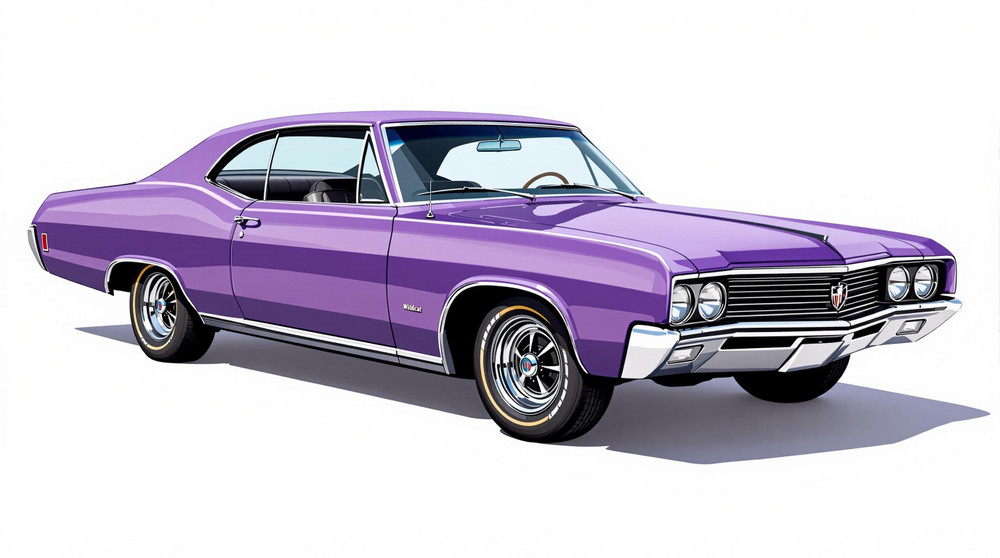Image of 1968 Buick Wildcat, Note: These illustrations use artistic license and may differ from actual historical models.
Performance Metrics
Fundamental Metrics
Emotional Appeal
MMP Rating
| Engine Specifications | |
|---|---|
| Engine Options: | 430 cu in (7.0 L) Buick V8 |
| Displacement Range: | 430 cu in (7.0 L) |
| Horsepower Range: | 360-370 hp |
| Torque: | 475 lb-ft |
| Compression Ratio: | 10.5:1 |
| Ignition System: | Conventional |
| Cooling System: | Liquid-cooled |
| Performance Specifications | |
| 0-60 Time: | 8.5 seconds |
| 1/4 Mile Time: | 16 seconds |
| Top Speed: | 125 mph |
| Transmission and Drive | |
| Drive Type: | Rear-wheel drive |
| Transmission Type: | 3-speed automatic or 4-speed manual |
| Fuel and Efficiency | |
| Fuel System Type: | Carburetor |
| MPG: | 10-12 mpg |
| Dimensions and Brakes | |
| Brakes: | Power-assisted drum brakes |
| Wheelbase: | 126 inches |
| Weight: | 4,200 lbs |
Note: Specifications for classic cars are given to the best of our ability, considering the limited and variant data available.
Introduction
The 1968 Buick Wildcat roars into history as a testament to American automotive prowess, a vehicle that seamlessly blended luxury with muscle. Born from the stables of Buick, a division of General Motors known for its upscale automobiles, the Wildcat emerged as a symbol of both performance and prestige. In an era where raw power and opulent design were king, the Wildcat held court with its bold lines and robust engine offerings. A unique fact that car enthusiasts may find fascinating is that the '68 Wildcat was one of the first cars to offer a rear defogger as an option, showcasing Buick's commitment to innovation.
Design and Innovation
The exterior of the 1968 Buick Wildcat was a sight to behold, with its long hood, sweeping curves, and aggressive grille commanding attention on every road it graced. The interior was equally impressive, featuring plush seating upholstered in high-quality materials that invited passengers into a realm of comfort. Technologically, the Wildcat was ahead of its time, offering features like power seats and windows. Color options ranged from subdued to vibrant, with popular choices including Arctic White and Flame Red. Among the body styles available—the two-door coupe, four-door hardtop sedan, and convertible—it was the sleek convertible that often stole the show.
Historical Significance
The 1968 Wildcat's impact on automotive design was undeniable. It stood out for its unique blend of sportiness and luxury at a time when most manufacturers were focusing on one or the other. The Wildcat's combination of a comfortable ride with powerful performance set a new standard for full-size American cars and left an indelible mark on automotive history.
Performance and Handling
Under the hood, the Wildcat boasted impressive numbers for its era: equipped with a standard 430 cubic inch V8 engine, it could reach top speeds that left many competitors in the dust. Acceleration from 0-60 mph was achieved briskly for such a large car. On the road, the Wildcat handled with poise—its suspension smoothing out bumps while maintaining enough firmness to tackle windy roads confidently. The driving experience was immersive; from the throaty rumble of the engine to the solid feel of the steering wheel, it was clear this car was built for those who loved to drive.
Ownership Experience
The 1968 Buick Wildcat found its niche among various types of drivers: it served as a daily driver for some, while others cherished it as a show car or even took it racing. Maintenance and reliability were typical for vehicles of its time—straightforward enough for an average owner with mechanical knowledge to handle repairs. Parts were readily available due to shared components with other GM models.
Fun Facts
This majestic beast had its share of rarities and trivia; for instance, some Wildcats came equipped with a high-performance Super Wildcat engine option. Celebrity ownerships added to its allure—several high-profile individuals were known to have Wildcats in their collections. While criticisms often focused on fuel consumption—a common issue among muscle cars—the Wildcat's charisma made it easy to overlook such concerns.
Collector's Information
In today's market, a well-maintained 1968 Buick Wildcat can fetch anywhere from $15,000 to over $50,000 depending on condition, originality, and specific model details. Production numbers were not as low as some collectibles making them moderately rare but still accessible for enthusiasts. The value trend has seen appreciation over time as classic muscle cars continue to be sought after by collectors.
Conclusion
The 1968 Buick Wildcat stands as an icon of American automotive culture—a harmonious blend of luxury and muscle that continues to captivate enthusiasts around the world. Its legacy endures not only through its design and performance but also through the stories and memories it has created over decades on the road.
1968 Buick Wildcat Catalog of Parts
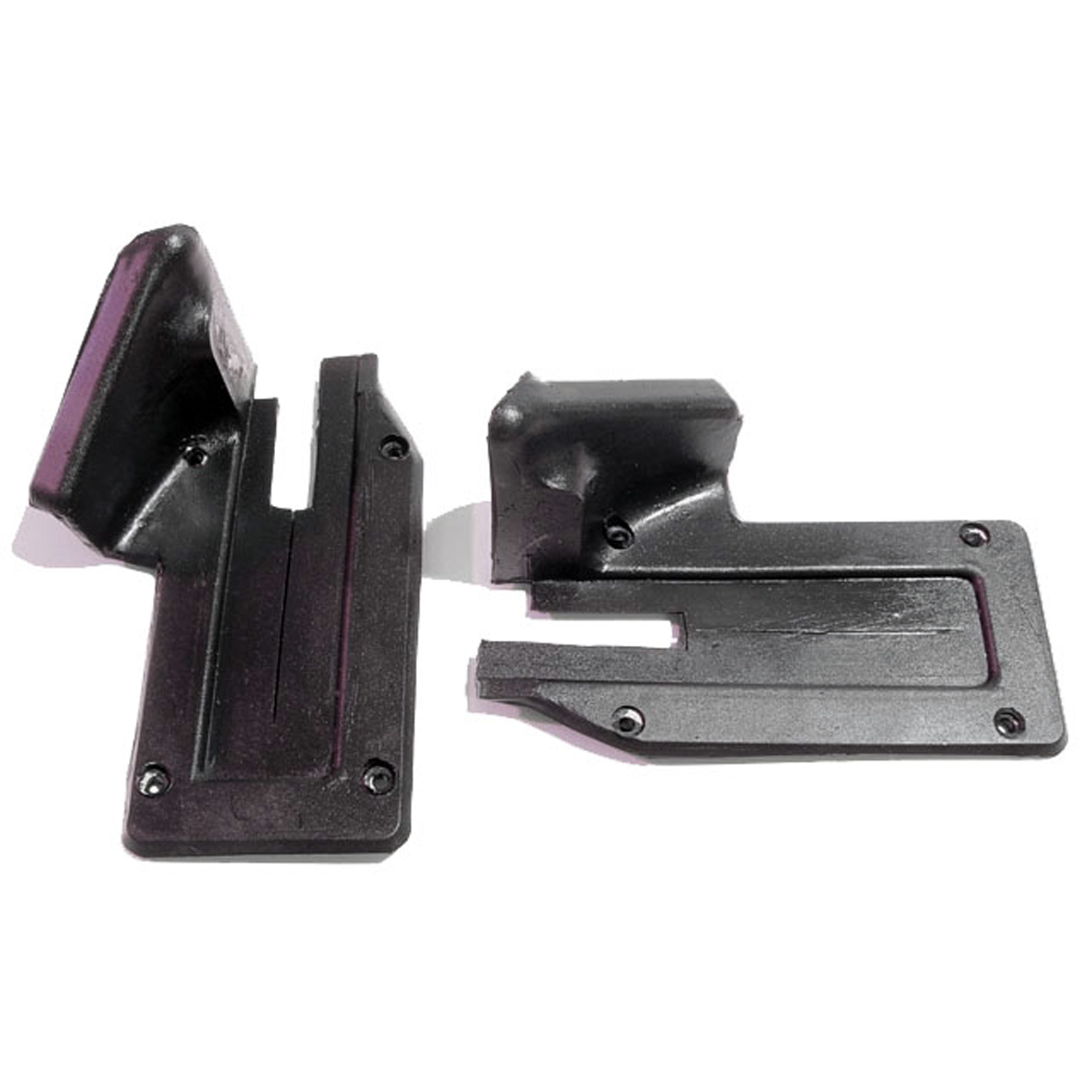 1968 Buick Wildcat Upper door-lock pillar seal. 2-door hardtop and convertible-ALP 5053Upper door-lock pillar seal. 2-door hardtop and convertible. Does not fit Fastback models. Made with all details and galvanized steel cores. 2-3/16 in. W x 4-11/16 in. L. Pair. R&L.
1968 Buick Wildcat Upper door-lock pillar seal. 2-door hardtop and convertible-ALP 5053Upper door-lock pillar seal. 2-door hardtop and convertible. Does not fit Fastback models. Made with all details and galvanized steel cores. 2-3/16 in. W x 4-11/16 in. L. Pair. R&L. 1968 Buick Wildcat Shock Absorber Grommet. 1" bottom O.D., 3/4" high-BN 1Shock Absorber Grommet. 1" bottom O.D., 3/4" high., with 7/16" I.D. Each
1968 Buick Wildcat Shock Absorber Grommet. 1" bottom O.D., 3/4" high-BN 1Shock Absorber Grommet. 1" bottom O.D., 3/4" high., with 7/16" I.D. Each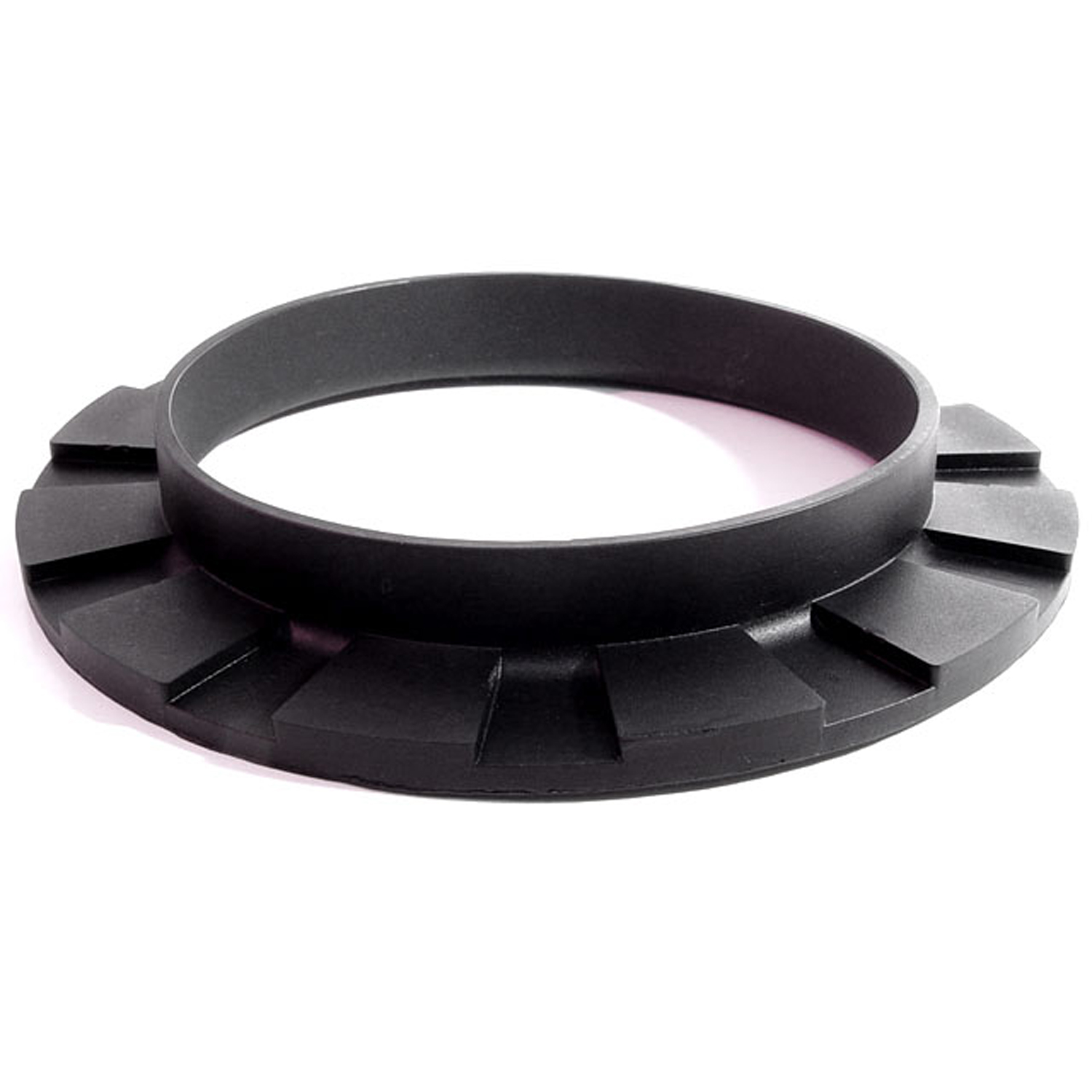 1968 Buick Wildcat Front coil-spring insulator-BN 110Front coil-spring insulator. Fits '41-'60 Oldsmobile and '50-'83 GM passenger models. 5-3/8 in. OD x 3-3/4 in. ID x 3/4 in. high with 13/16 in. wide bottom flange 1/4" thick, 12 flutes. Each.
1968 Buick Wildcat Front coil-spring insulator-BN 110Front coil-spring insulator. Fits '41-'60 Oldsmobile and '50-'83 GM passenger models. 5-3/8 in. OD x 3-3/4 in. ID x 3/4 in. high with 13/16 in. wide bottom flange 1/4" thick, 12 flutes. Each.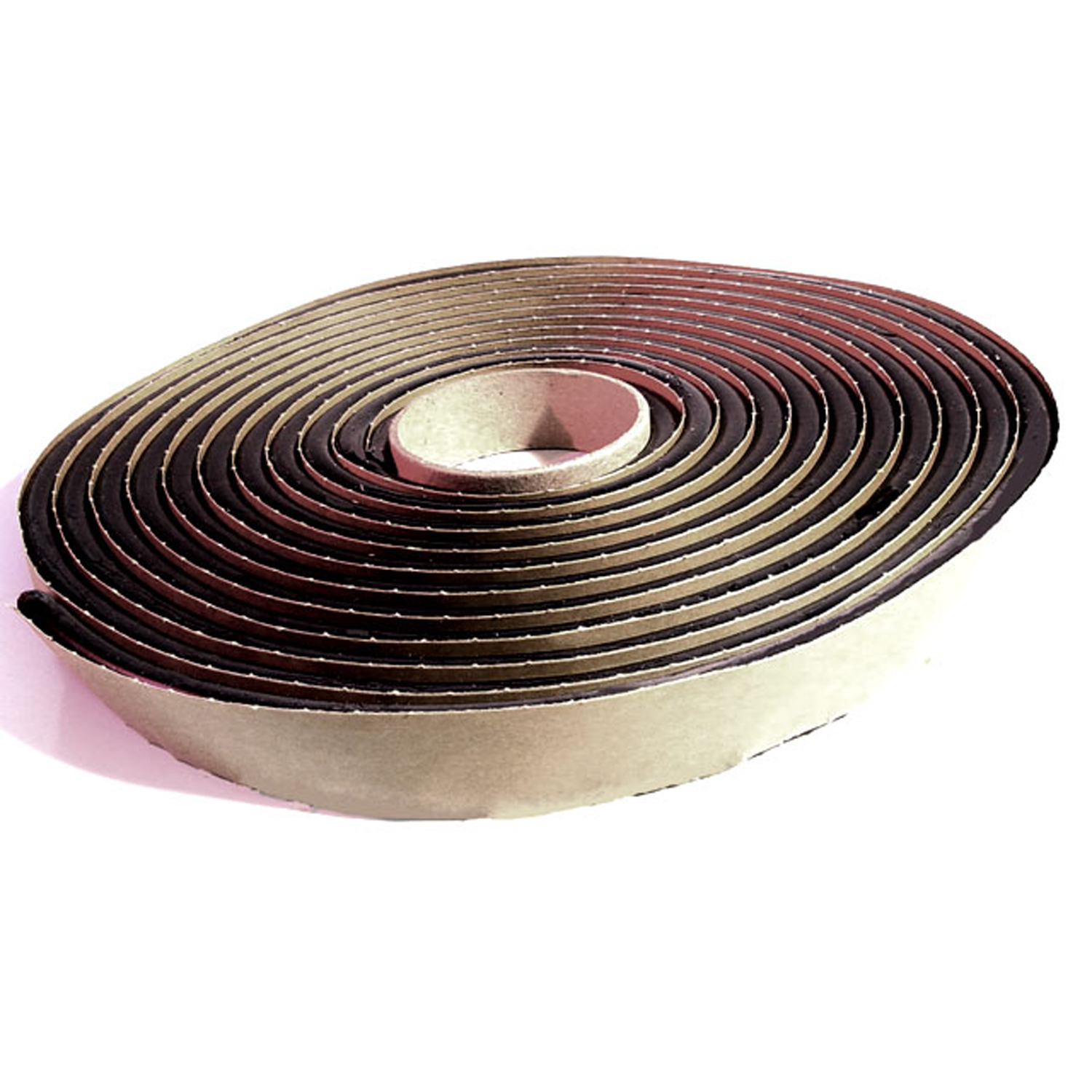 1968 Buick Wildcat Butyl Glass Setting Tape-BT 1Butyl Glass Setting Tape. Used to install windshields and backlights. Superior sealing properties. 5/16" wide X 15' long. Each
1968 Buick Wildcat Butyl Glass Setting Tape-BT 1Butyl Glass Setting Tape. Used to install windshields and backlights. Superior sealing properties. 5/16" wide X 15' long. Each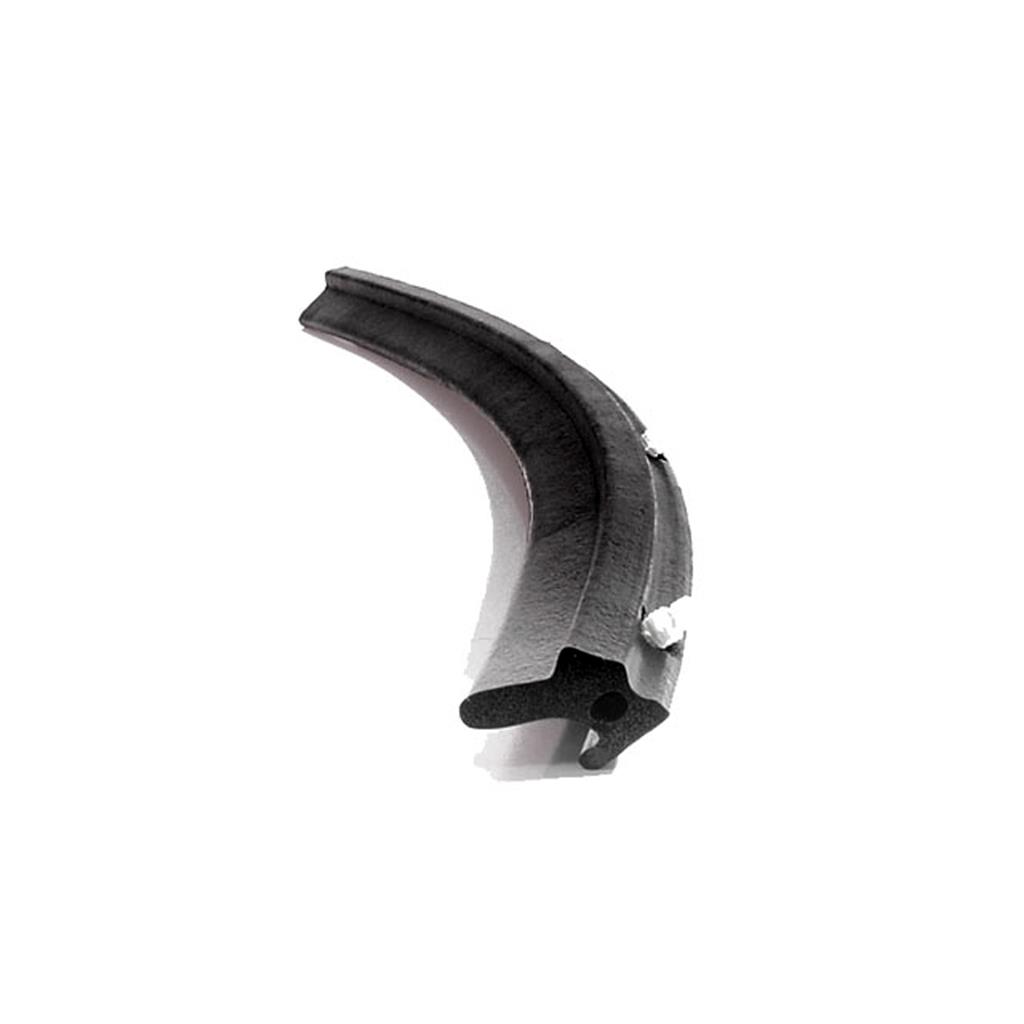 1968 Buick Wildcat Convertible Top Windshield Header Seal-C/LP 40-GConvertible Top Windshield Header Seal. Clips installed every 3-5/8". Made of soft, black, skin-covered sponge. Sold by the foot.
1968 Buick Wildcat Convertible Top Windshield Header Seal-C/LP 40-GConvertible Top Windshield Header Seal. Clips installed every 3-5/8". Made of soft, black, skin-covered sponge. Sold by the foot.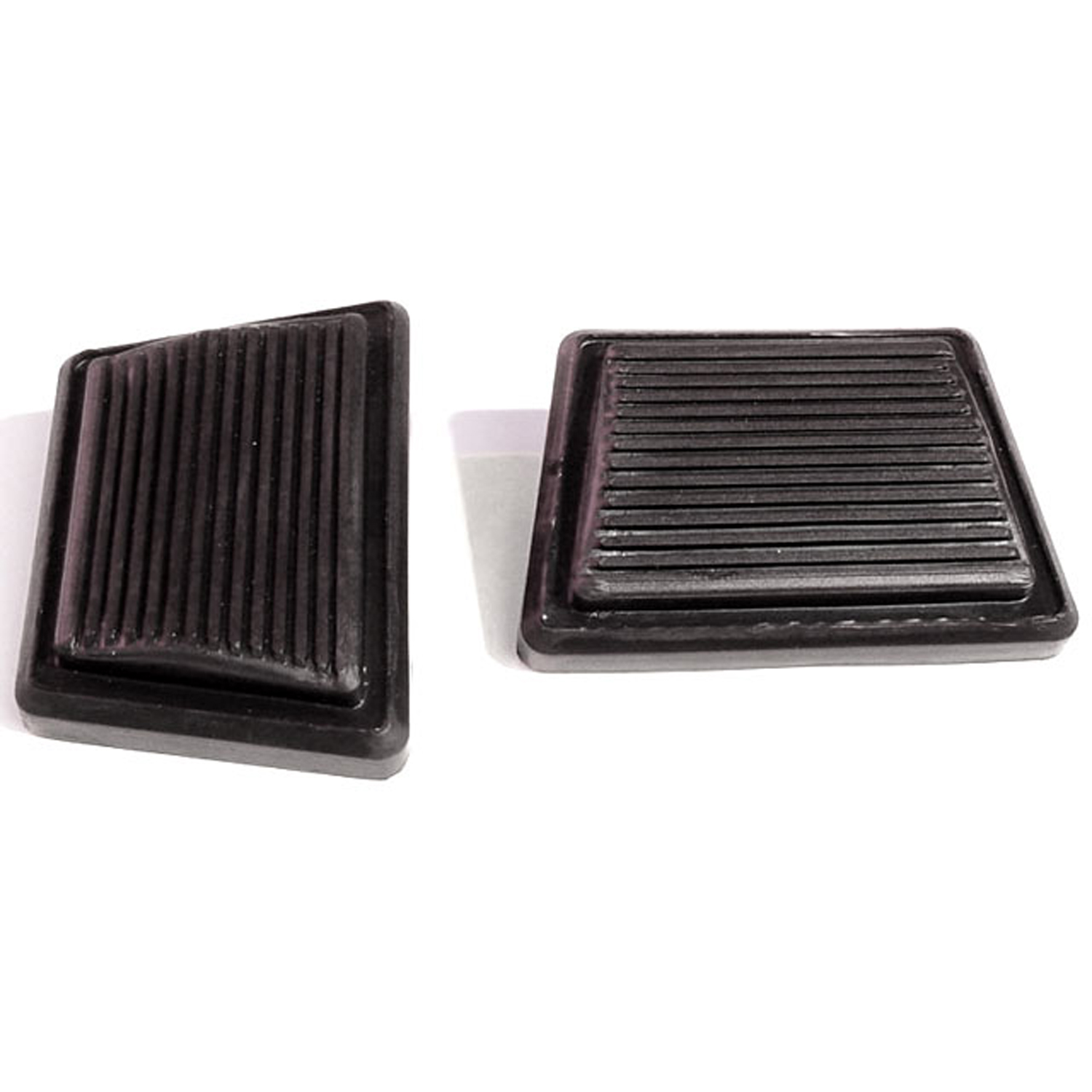 1968 Buick Wildcat Clutch and Brake Pedal Pads. Exact reproduction-CB 99Clutch and Brake Pedal Pads. Exact reproduction. 3-1/2" wide. Pair
1968 Buick Wildcat Clutch and Brake Pedal Pads. Exact reproduction-CB 99Clutch and Brake Pedal Pads. Exact reproduction. 3-1/2" wide. Pair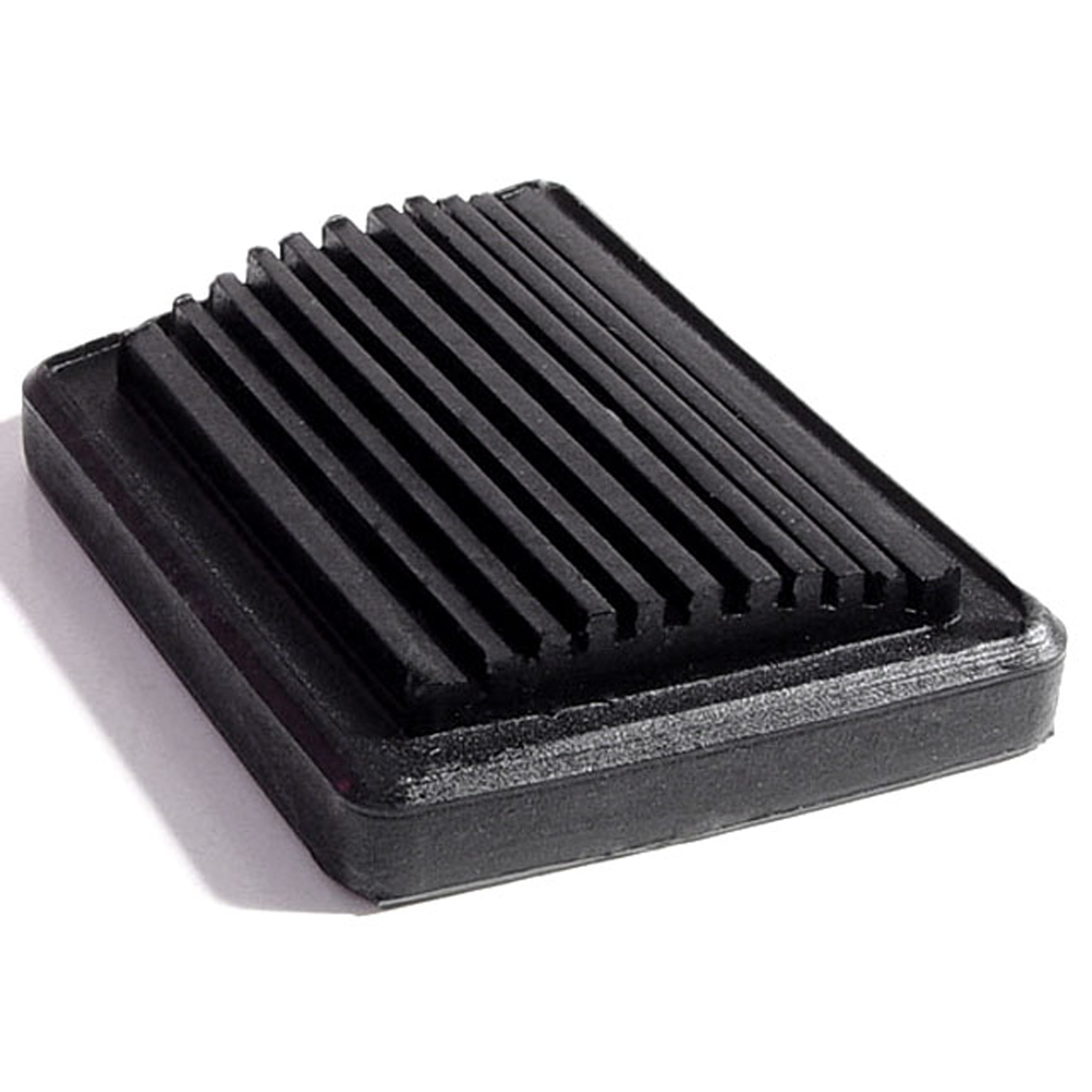 1968 Buick Wildcat Park Brake Pedal Pad. 2-9/16" wide. Each-CB 99-APark Brake Pedal Pad. 2-9/16" wide. Each
1968 Buick Wildcat Park Brake Pedal Pad. 2-9/16" wide. Each-CB 99-APark Brake Pedal Pad. 2-9/16" wide. Each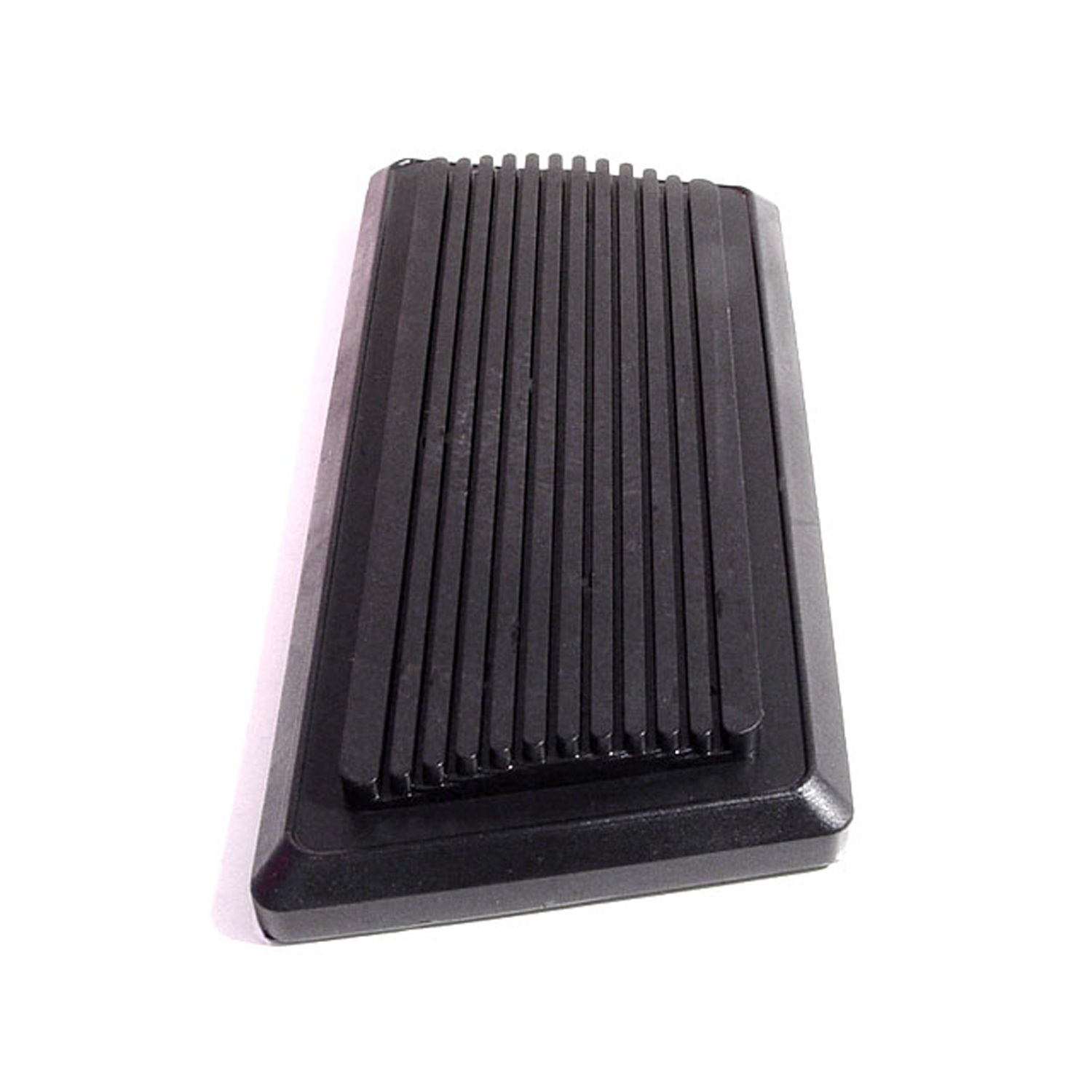 1968 Buick Wildcat Auto Brake Pedal Pad. 5-7/8" wide. Each-CB 99-BAuto Brake Pedal Pad. 5-7/8" wide. Each
1968 Buick Wildcat Auto Brake Pedal Pad. 5-7/8" wide. Each-CB 99-BAuto Brake Pedal Pad. 5-7/8" wide. Each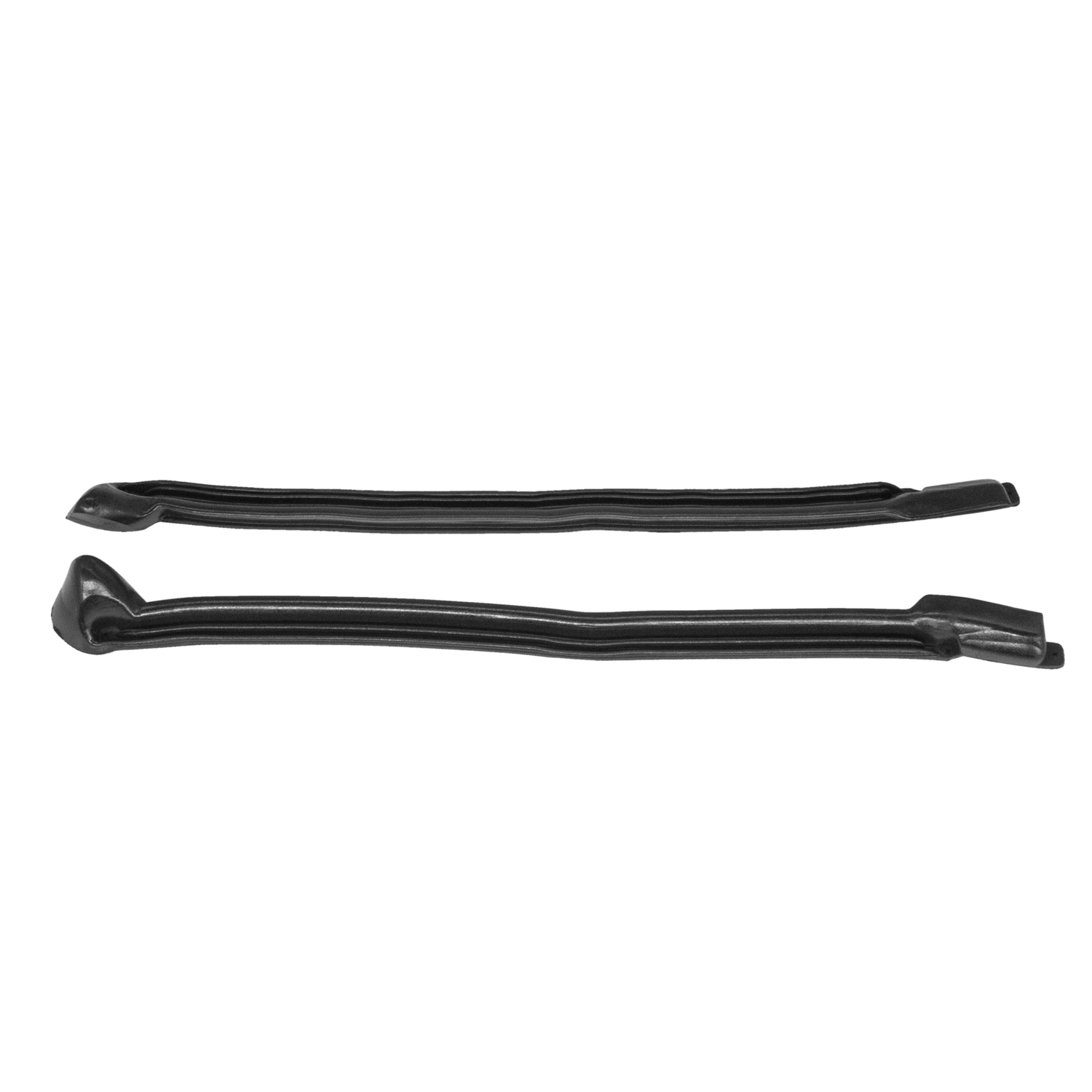 1968 Buick Wildcat Pillar Post Seals, 66-68 GM B & C Body Convertibles, Pair-CZ 8100-APillar Post Seals, 66-68 GM B & C Body Convertibles. Replaces OEM #'s 7602728 & 7602729. Also known as hinge pillar weatherstrips, this part can be found between the A-pillar post and the front door on convertible models. Our part has embedded cores surrounding the main mounting holes for extra strength when installing with original hardware.
1968 Buick Wildcat Pillar Post Seals, 66-68 GM B & C Body Convertibles, Pair-CZ 8100-APillar Post Seals, 66-68 GM B & C Body Convertibles. Replaces OEM #'s 7602728 & 7602729. Also known as hinge pillar weatherstrips, this part can be found between the A-pillar post and the front door on convertible models. Our part has embedded cores surrounding the main mounting holes for extra strength when installing with original hardware.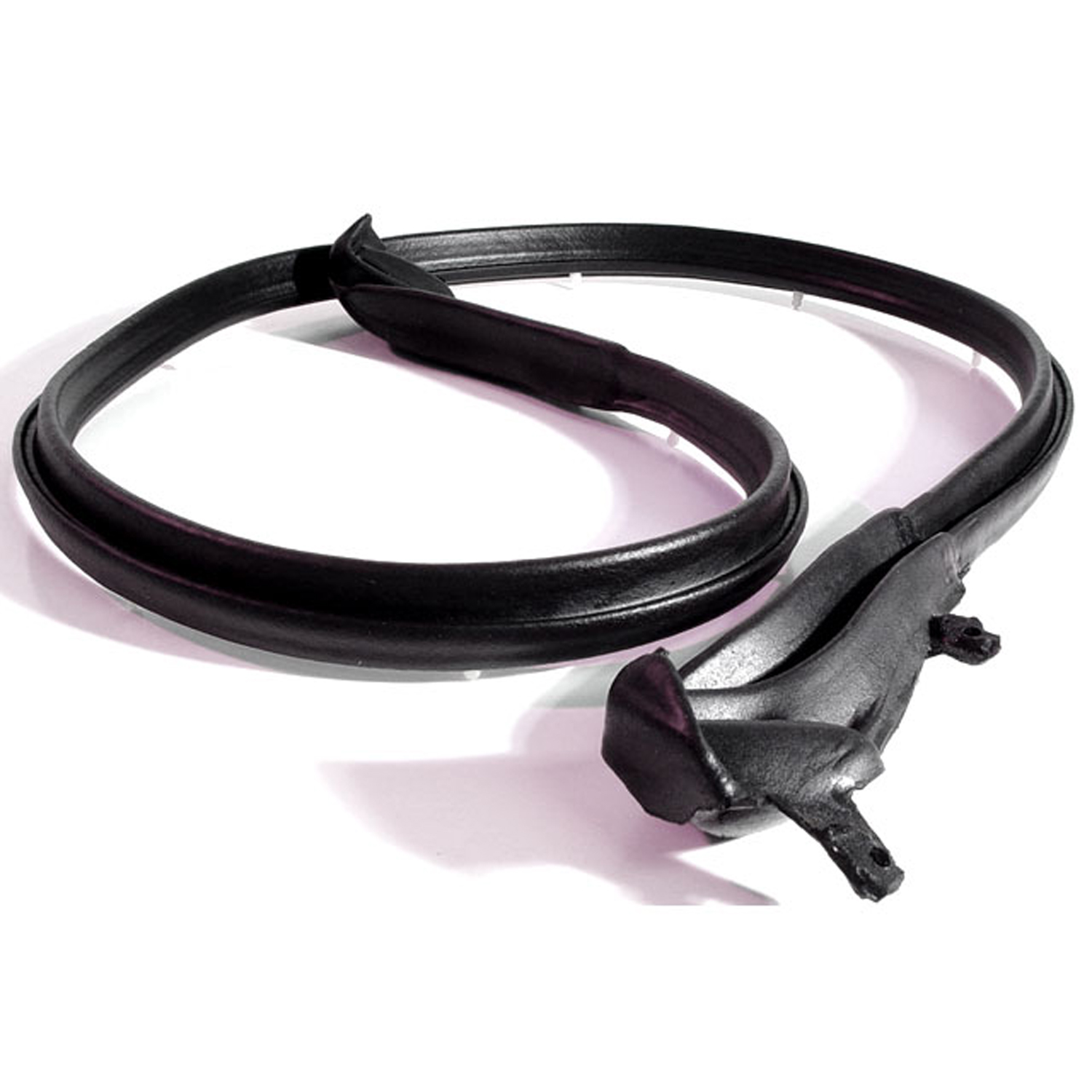 1968 Buick Wildcat Top Bow to Header Seal (fits late '66-'70 GM "B" body-HD 731Top Bow to Header Seal (fits late '66-'70 GM "B" body, '65-'70 GM "C" body). Made of smooth, skin-covered sponge, with steel core and molded ends, like original. 56-1/2" Long. Each
1968 Buick Wildcat Top Bow to Header Seal (fits late '66-'70 GM "B" body-HD 731Top Bow to Header Seal (fits late '66-'70 GM "B" body, '65-'70 GM "C" body). Made of smooth, skin-covered sponge, with steel core and molded ends, like original. 56-1/2" Long. Each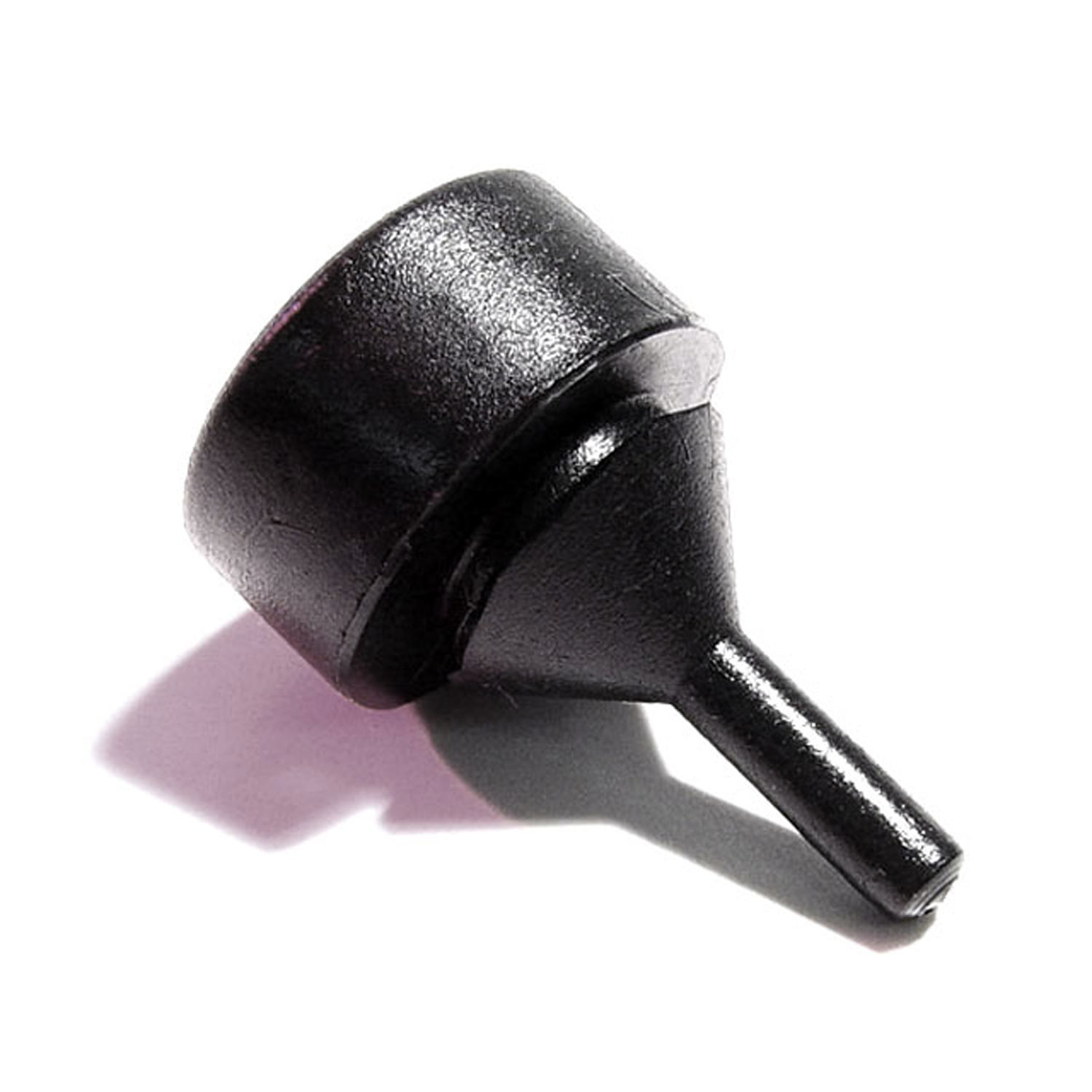 1968 Buick Wildcat Rear Hood Bumper. Each-HF 27Rear Hood Bumper. Each
1968 Buick Wildcat Rear Hood Bumper. Each-HF 27Rear Hood Bumper. Each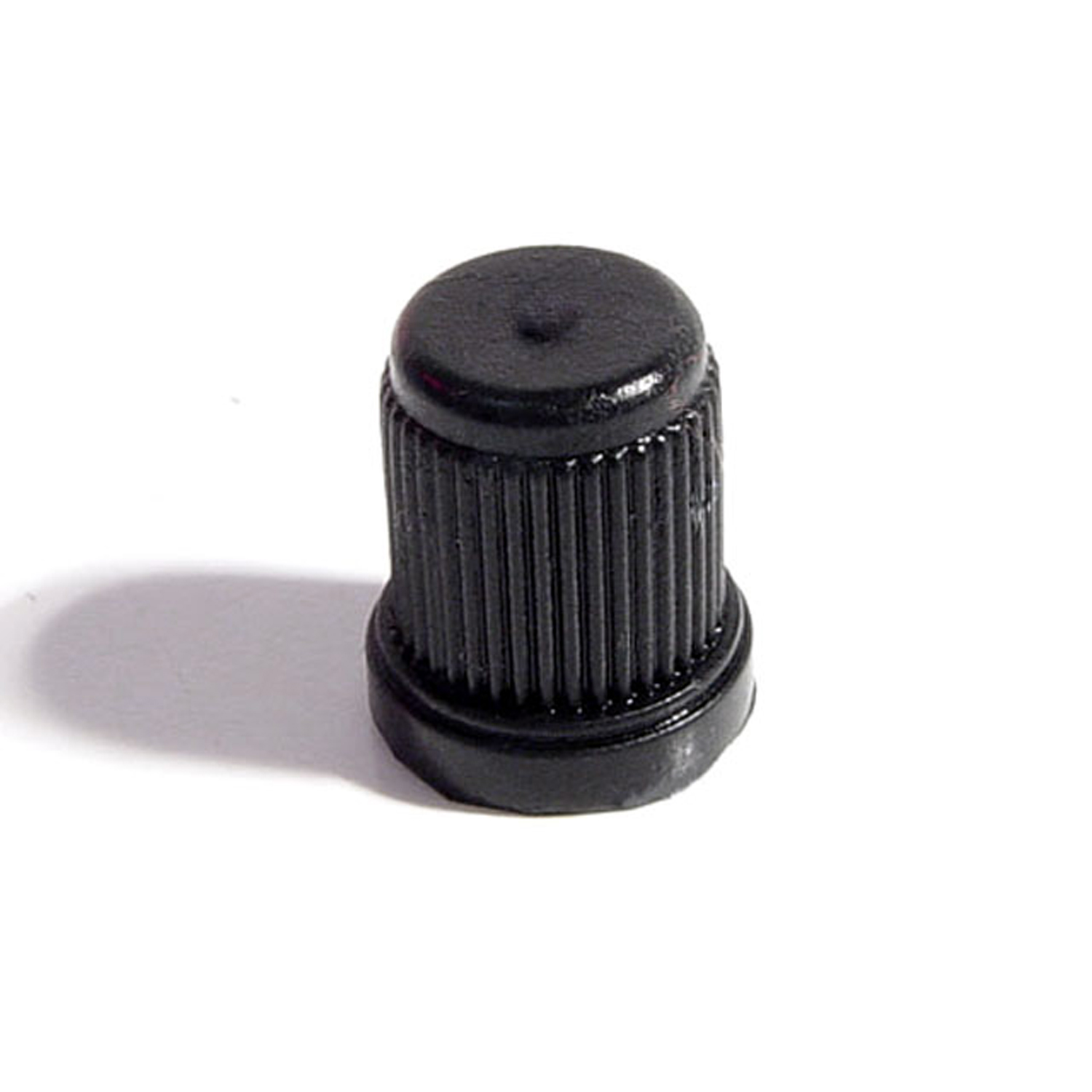 1968 Buick Wildcat Trip Meter Reset Knob. Made of black rubber-KN 10Trip Meter Reset Knob. Made of black rubber. Compare to measurements: 1/8" I.D., 7/16" O.D. X 1/2" tall. Each
1968 Buick Wildcat Trip Meter Reset Knob. Made of black rubber-KN 10Trip Meter Reset Knob. Made of black rubber. Compare to measurements: 1/8" I.D., 7/16" O.D. X 1/2" tall. Each 1968 Buick Wildcat Front Molded Door Seals with Clips. For 4-Door Sedan Only-LM 21-FFront Molded Door Seals with Clips. For 4-Door Sedan Only. Pair R&L
1968 Buick Wildcat Front Molded Door Seals with Clips. For 4-Door Sedan Only-LM 21-FFront Molded Door Seals with Clips. For 4-Door Sedan Only. Pair R&L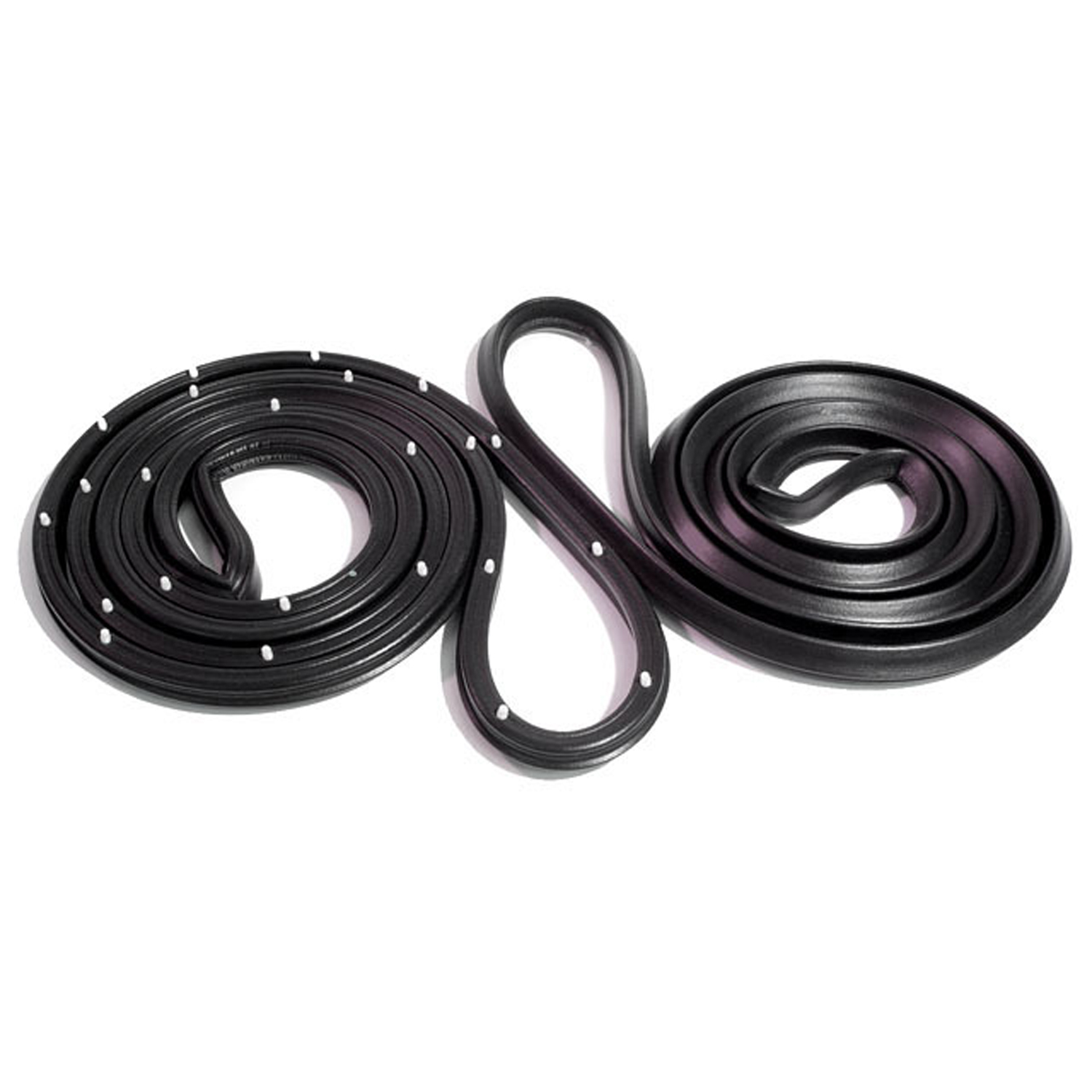 1968 Buick Wildcat Rear Molded Door Seals with Clips. For 4-Door Sedan Only-LM 21-F/RRear Molded Door Seals with Clips. For 4-Door Sedan Only. Pair R&L
1968 Buick Wildcat Rear Molded Door Seals with Clips. For 4-Door Sedan Only-LM 21-F/RRear Molded Door Seals with Clips. For 4-Door Sedan Only. Pair R&L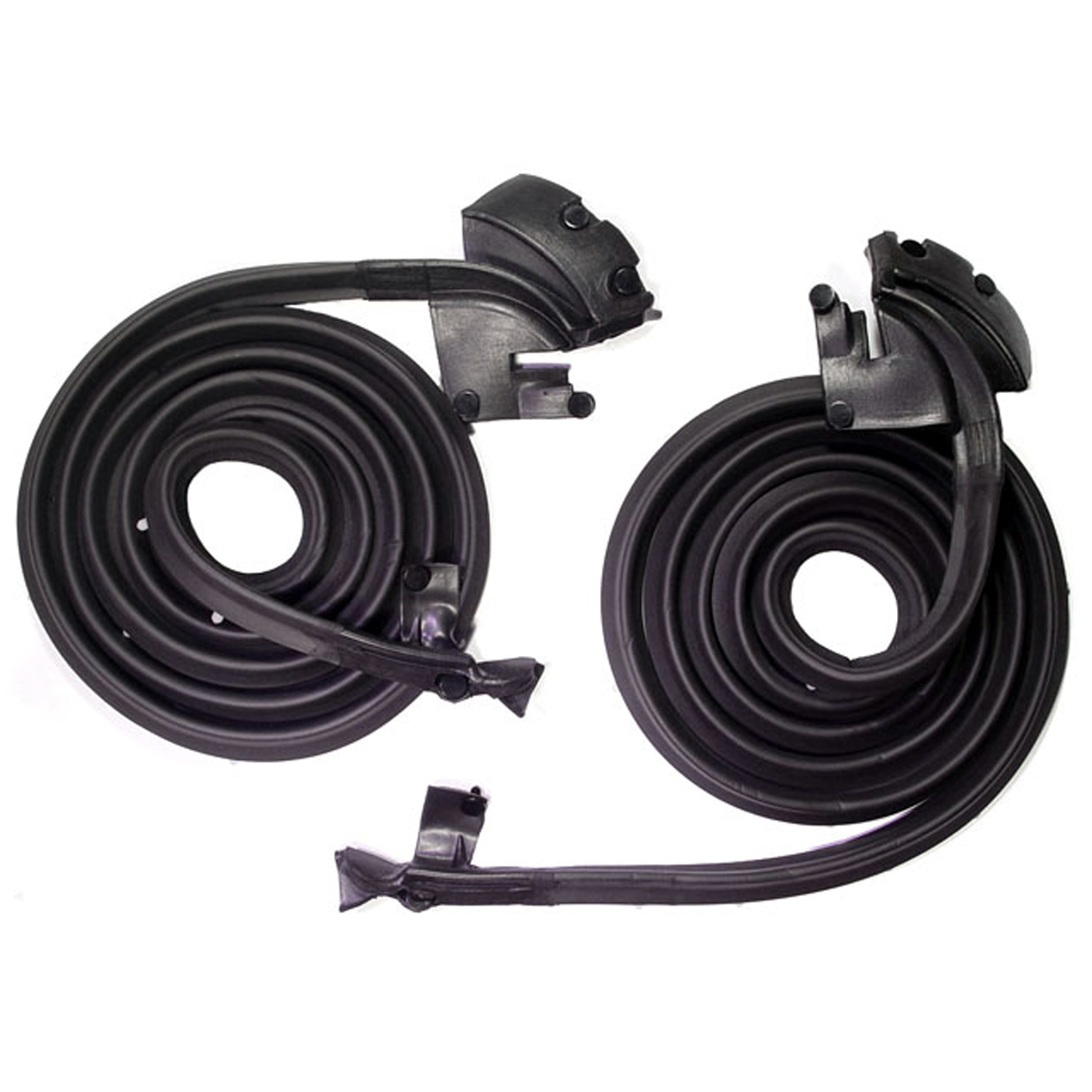 1968 Buick Wildcat Molded Door Seals-LM 21-IMolded Door Seals. For 2-Door Hardtop and Convertibles (does not fit Grand Prix hardtop or formal top cars). Pair R&L. Original part numbers #7648132 and 7648133.
1968 Buick Wildcat Molded Door Seals-LM 21-IMolded Door Seals. For 2-Door Hardtop and Convertibles (does not fit Grand Prix hardtop or formal top cars). Pair R&L. Original part numbers #7648132 and 7648133.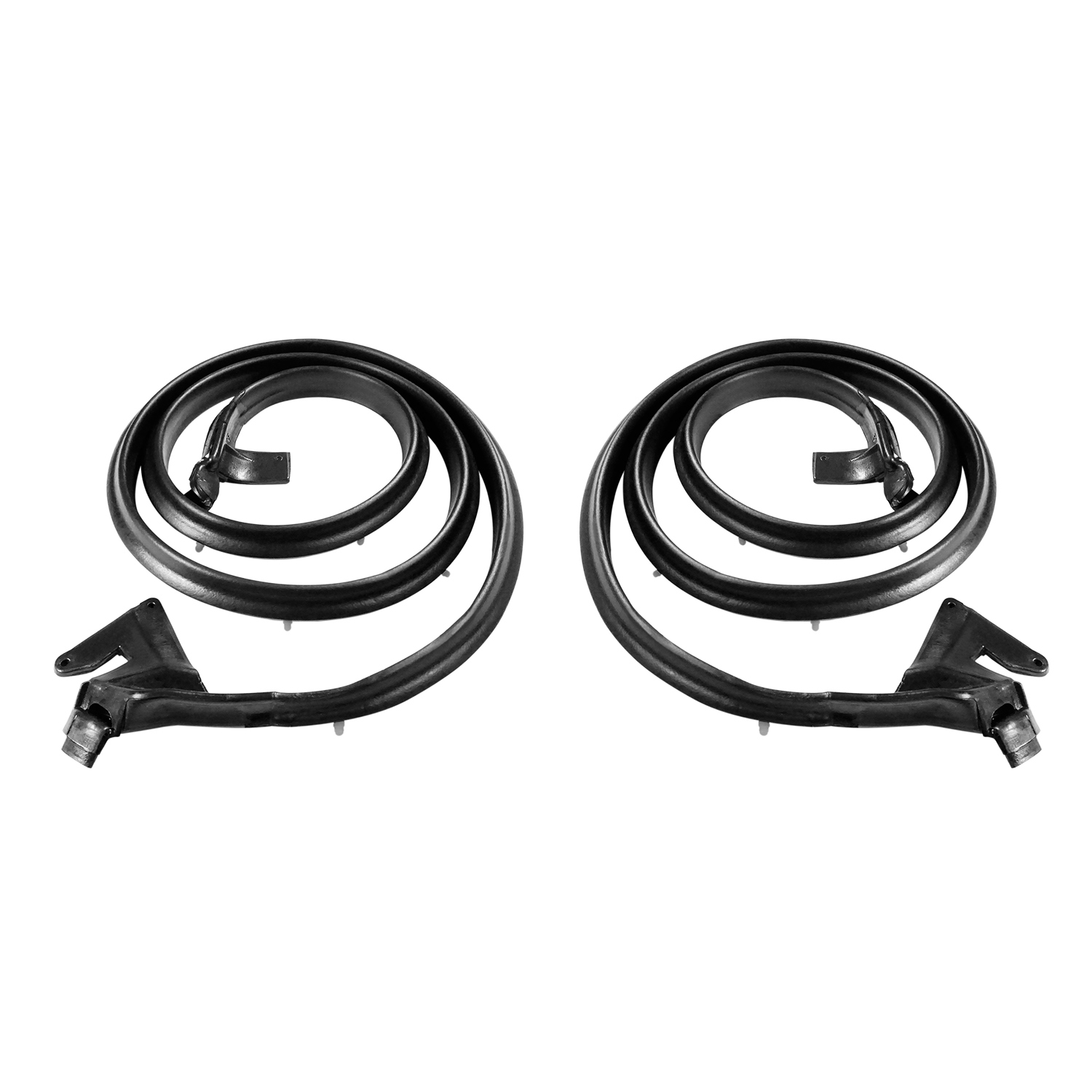 1968 Buick Wildcat Front door seals-LM 21-JFront door seals. Fits '65-'66 GM B- and C-body 4-door hardtop (also called 'Sports Sedan') models. Replaces OEM#'s 4455994/5. Pair. R&L.
1968 Buick Wildcat Front door seals-LM 21-JFront door seals. Fits '65-'66 GM B- and C-body 4-door hardtop (also called 'Sports Sedan') models. Replaces OEM#'s 4455994/5. Pair. R&L. 1968 Buick Wildcat Trunk Liner. Loose weave-M 23Trunk Liner. Loose weave. Black with scattered white threads. 54" wide. Sold by the foot
1968 Buick Wildcat Trunk Liner. Loose weave-M 23Trunk Liner. Loose weave. Black with scattered white threads. 54" wide. Sold by the foot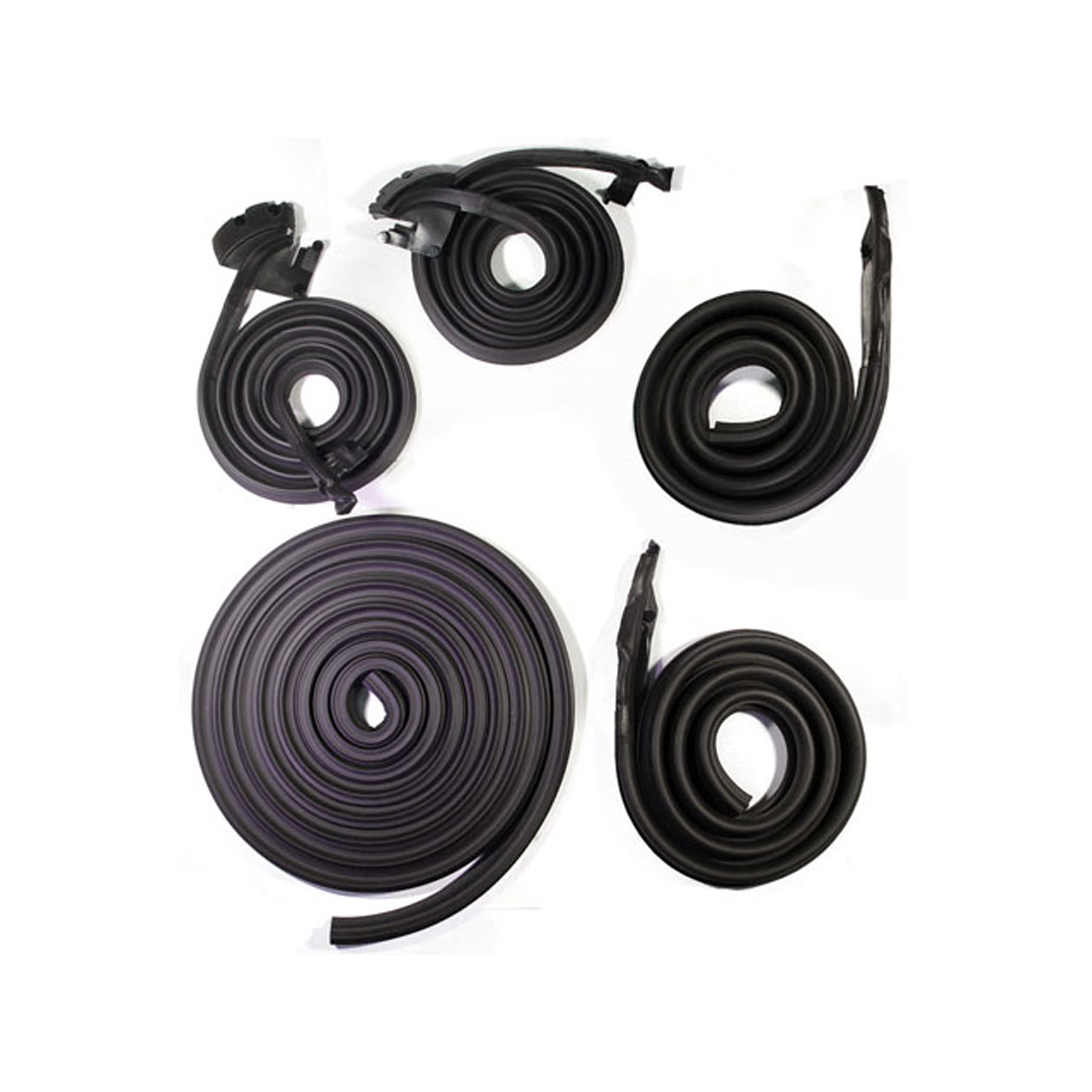 1968 Buick Wildcat Basic Kit, for 2-Door Hardtop-RKB 2007-100Basic Kit, for 2-Door Hardtop. Door (LM 21-I) Roof Rail (RR 5015) Trunk (TK 46-18), Seals. (Does not fit Fastback)
1968 Buick Wildcat Basic Kit, for 2-Door Hardtop-RKB 2007-100Basic Kit, for 2-Door Hardtop. Door (LM 21-I) Roof Rail (RR 5015) Trunk (TK 46-18), Seals. (Does not fit Fastback)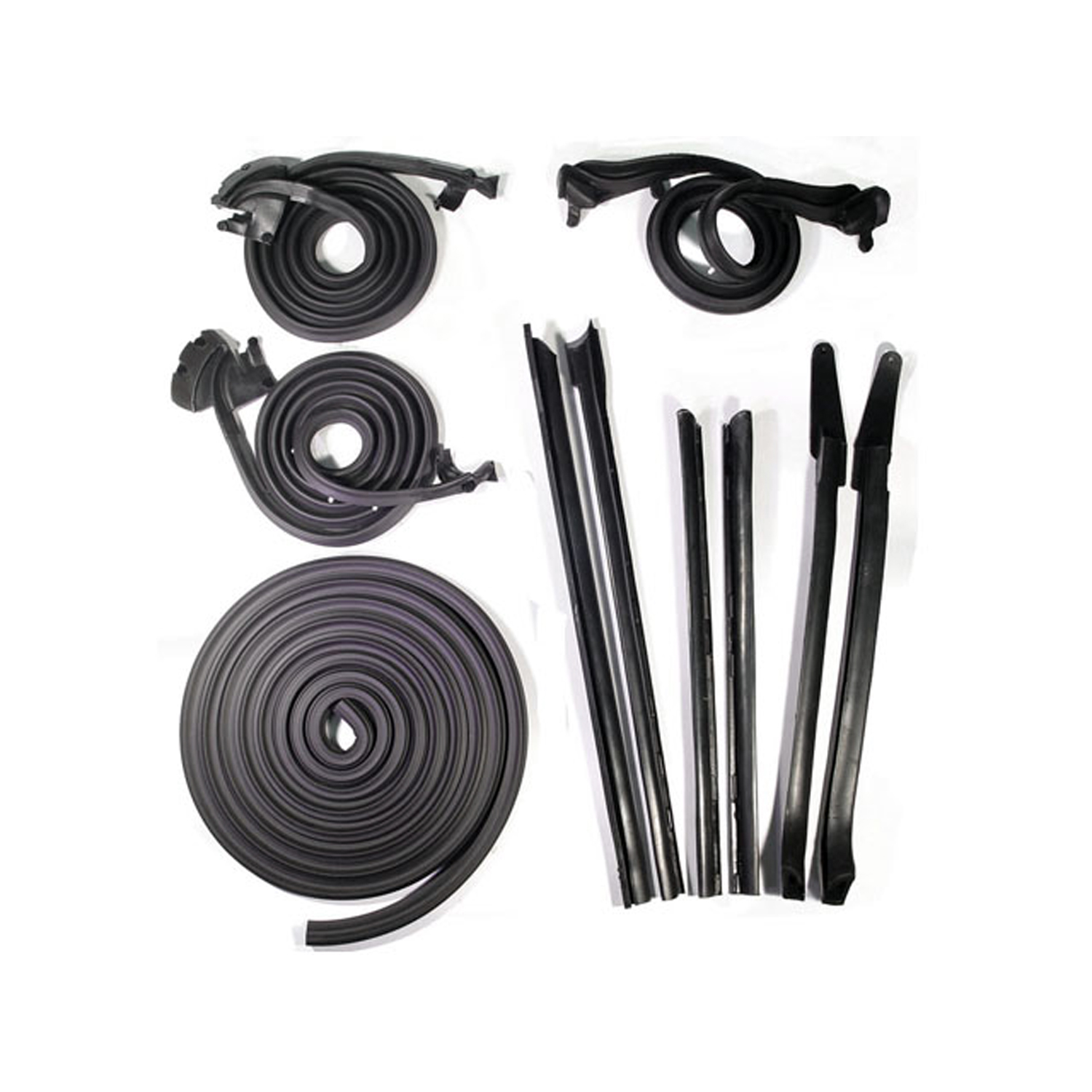 1968 Buick Wildcat Basic Kit, for Convertibles-RKB 2007-101Basic Kit, for Convertibles. Door (LM 21-I) Roof Rail (RR 1811-B), Header (HD 731), Trunk (TK 46-18), Seals.
1968 Buick Wildcat Basic Kit, for Convertibles-RKB 2007-101Basic Kit, for Convertibles. Door (LM 21-I) Roof Rail (RR 1811-B), Header (HD 731), Trunk (TK 46-18), Seals.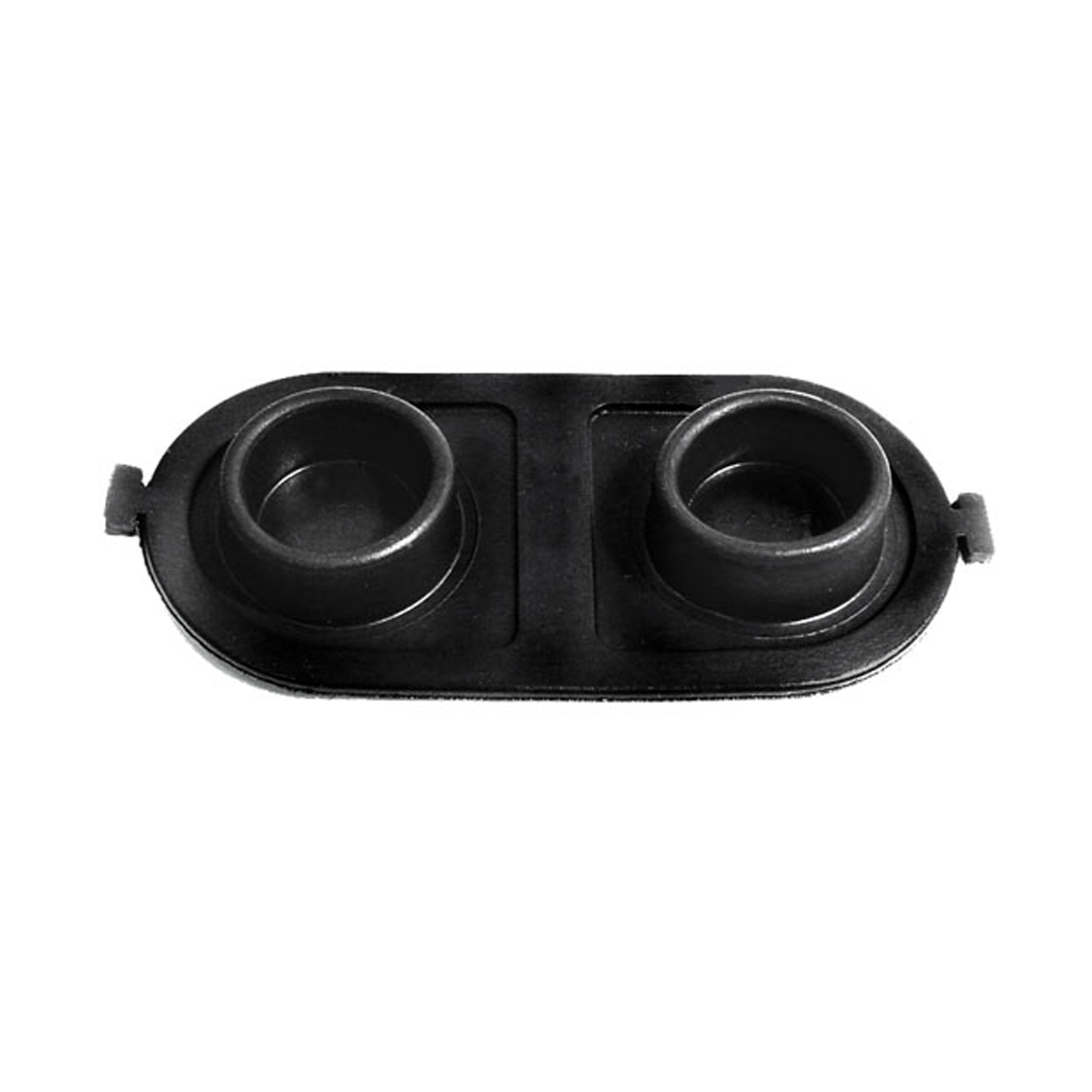 1968 Buick Wildcat Brake Master Cylinder Cover Seal. Replaces OEM #5470861-RP 2-EBrake Master Cylinder Cover Seal. Replaces OEM #5470861. 5" X 2-1/2". Each
1968 Buick Wildcat Brake Master Cylinder Cover Seal. Replaces OEM #5470861-RP 2-EBrake Master Cylinder Cover Seal. Replaces OEM #5470861. 5" X 2-1/2". Each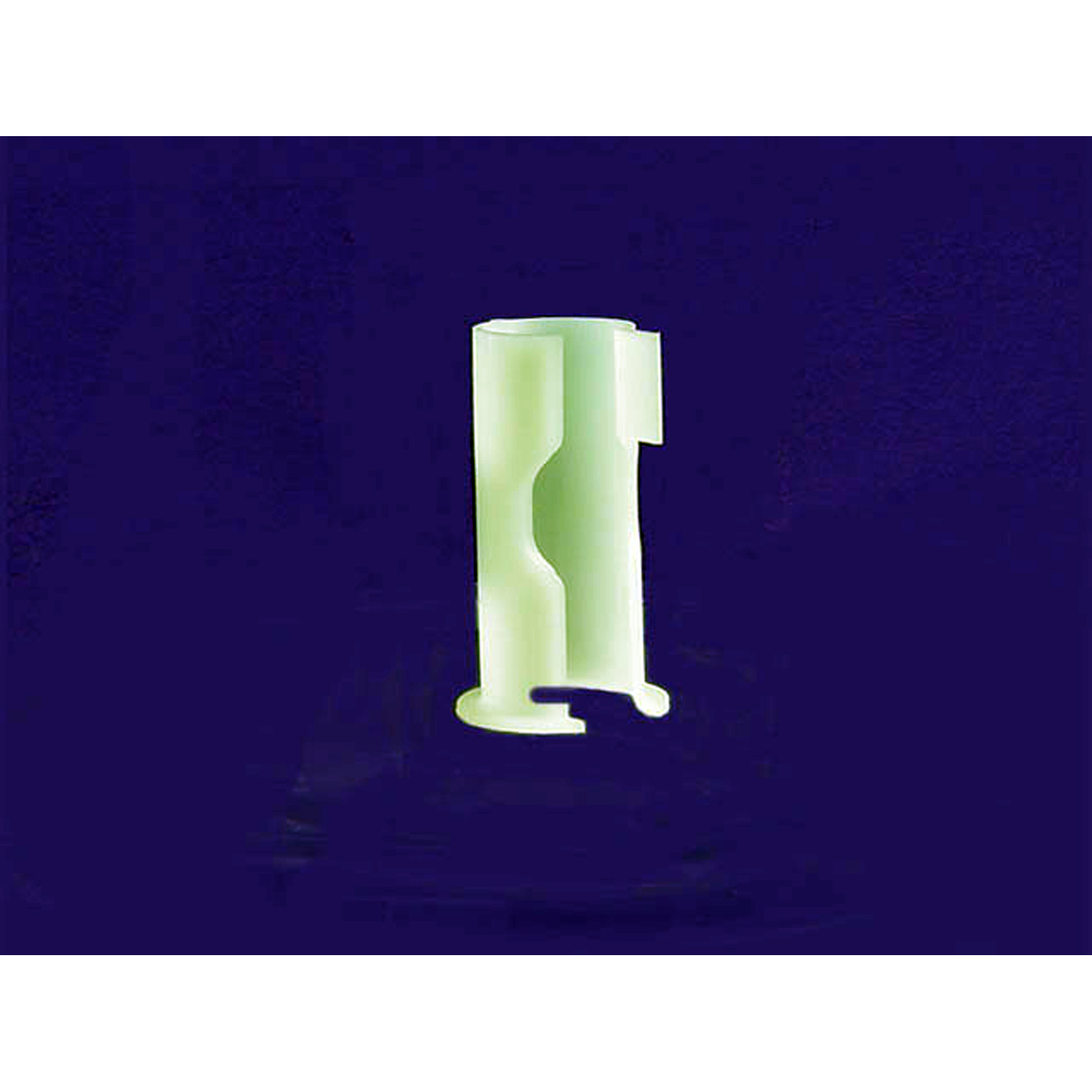 1968 Buick Wildcat Sun Visor Support Sleeve. Clear plastic. Each-RP 303-ASun Visor Support Sleeve. Clear plastic. Each
1968 Buick Wildcat Sun Visor Support Sleeve. Clear plastic. Each-RP 303-ASun Visor Support Sleeve. Clear plastic. Each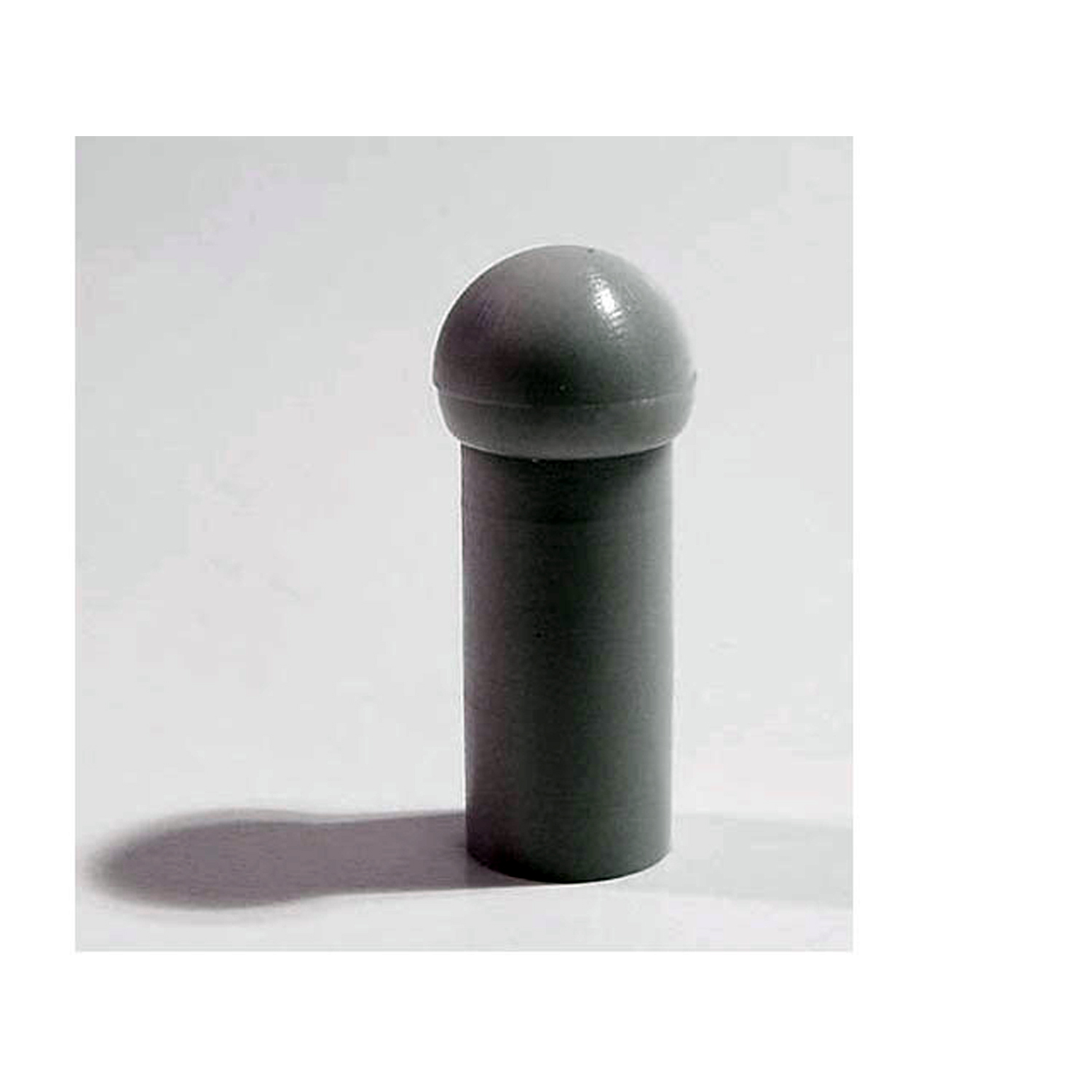 1968 Buick Wildcat Sun Visor Rod Rubber Grommet. 3/4" long. Gray. Each-RP 303-CSun Visor Rod Rubber Grommet. 3/4" long. Gray. Each
1968 Buick Wildcat Sun Visor Rod Rubber Grommet. 3/4" long. Gray. Each-RP 303-CSun Visor Rod Rubber Grommet. 3/4" long. Gray. Each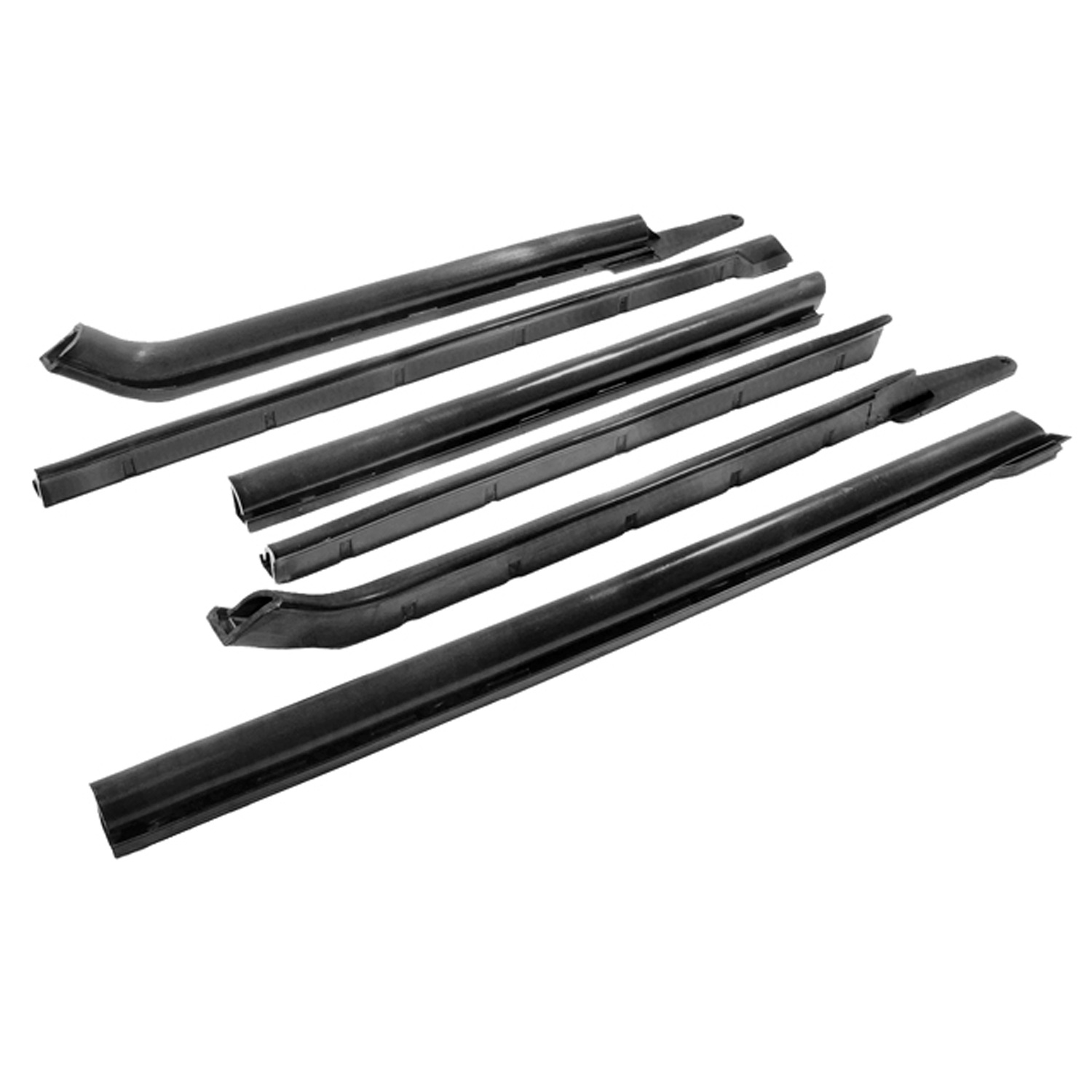 1968 Buick Wildcat Molded Roof Rail Seals, for Convertibles-RR 1811-BMolded Roof Rail Seals, for Convertibles. 6-Piece set, with steel cores (remove rear flaps for '69-'70 Chevrolet). For molded sponge header seal, order part #HD 731.
1968 Buick Wildcat Molded Roof Rail Seals, for Convertibles-RR 1811-BMolded Roof Rail Seals, for Convertibles. 6-Piece set, with steel cores (remove rear flaps for '69-'70 Chevrolet). For molded sponge header seal, order part #HD 731.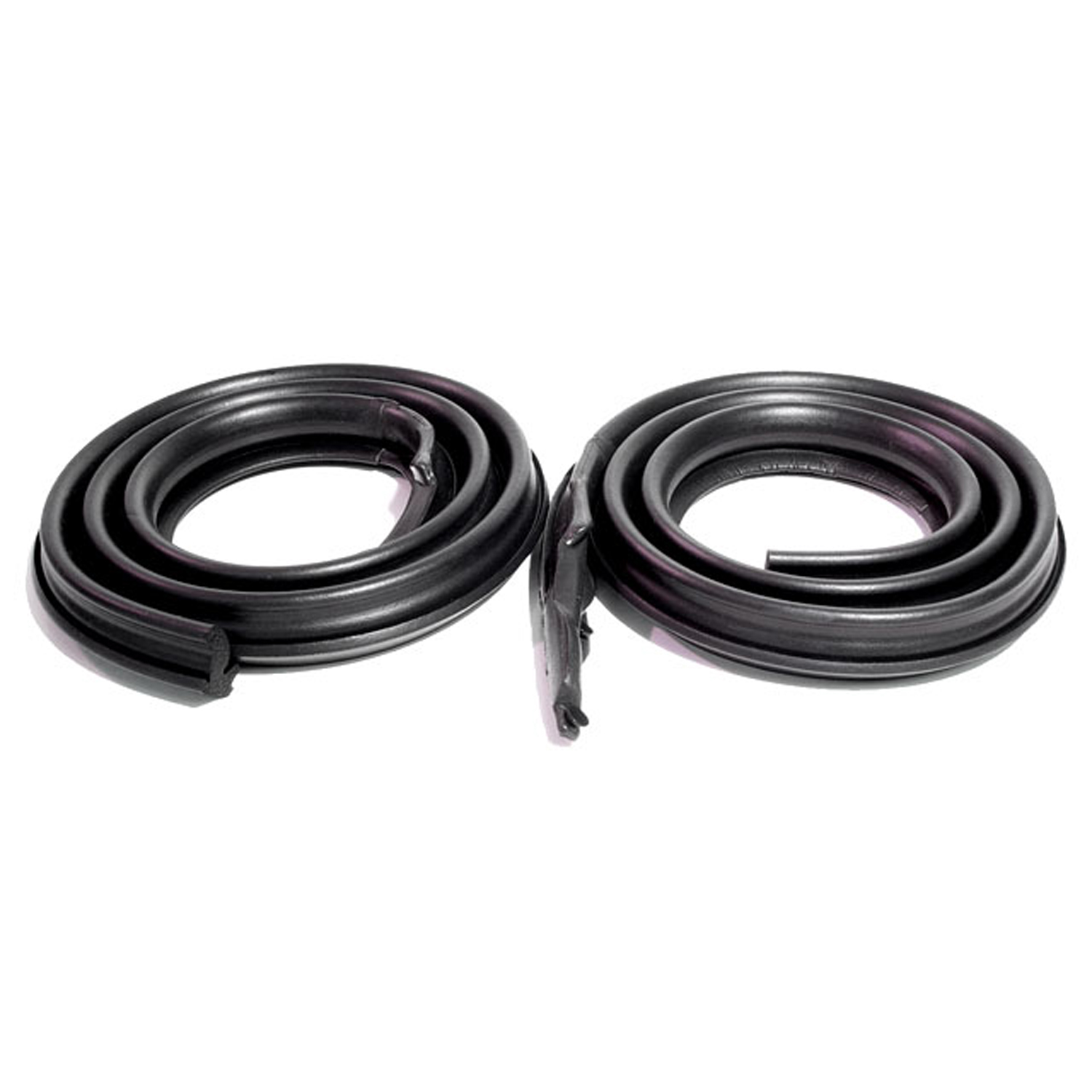 1968 Buick Wildcat Molded roof-rail seals-RR 5015Molded roof-rail seals. For 2-door hardtops only (does not fit Fastback). 68 in. long. Please check your old seal to ensure proper ordering. Pair. R&L.
1968 Buick Wildcat Molded roof-rail seals-RR 5015Molded roof-rail seals. For 2-door hardtops only (does not fit Fastback). 68 in. long. Please check your old seal to ensure proper ordering. Pair. R&L.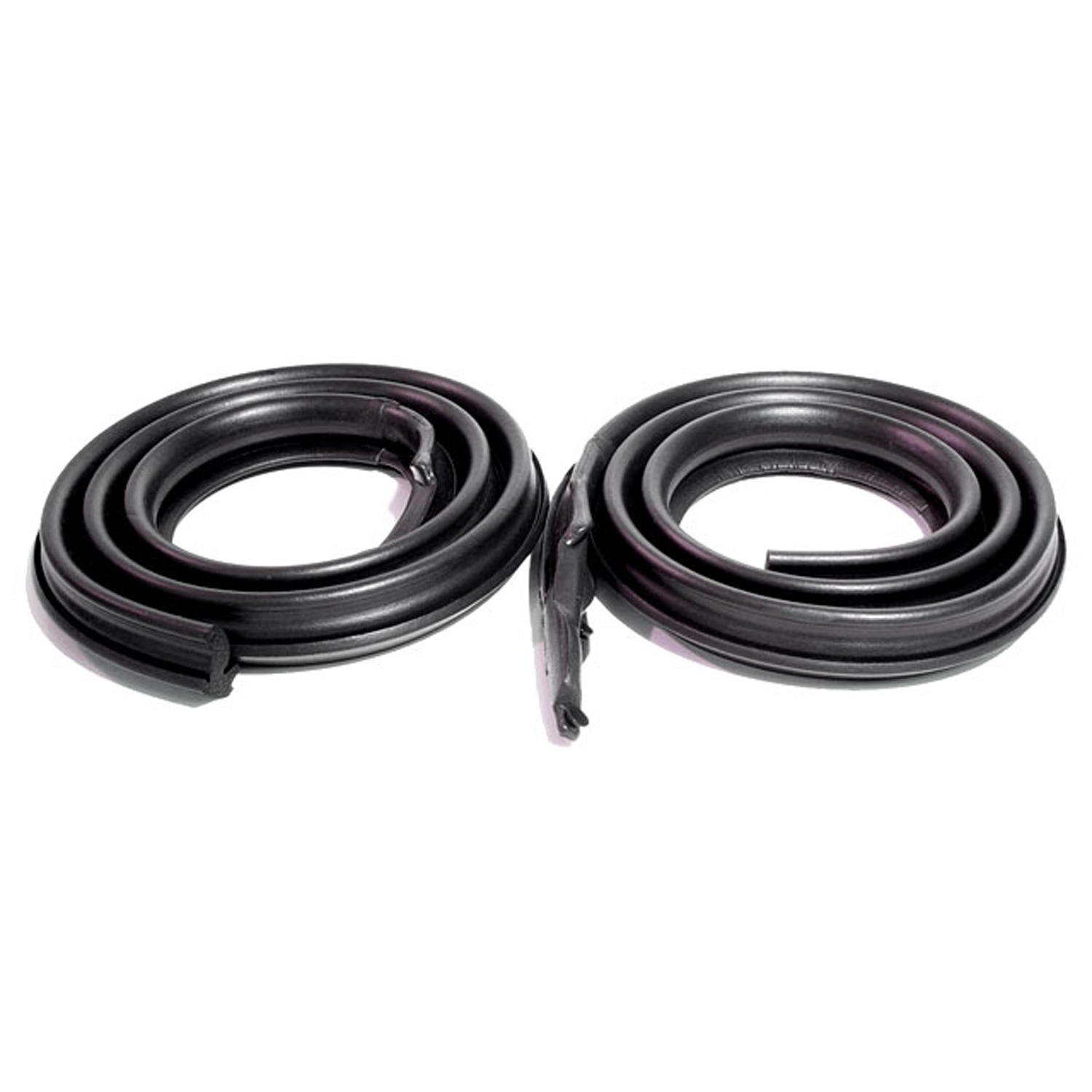 1968 Buick Wildcat Molded roof-rail seals-RR 5015-AMolded roof-rail seals. For 2-door Fastback models only (does not fit standard hardtop). 96 in. long. Please check your old seal to ensure proper ordering. Pair. R&L.
1968 Buick Wildcat Molded roof-rail seals-RR 5015-AMolded roof-rail seals. For 2-door Fastback models only (does not fit standard hardtop). 96 in. long. Please check your old seal to ensure proper ordering. Pair. R&L.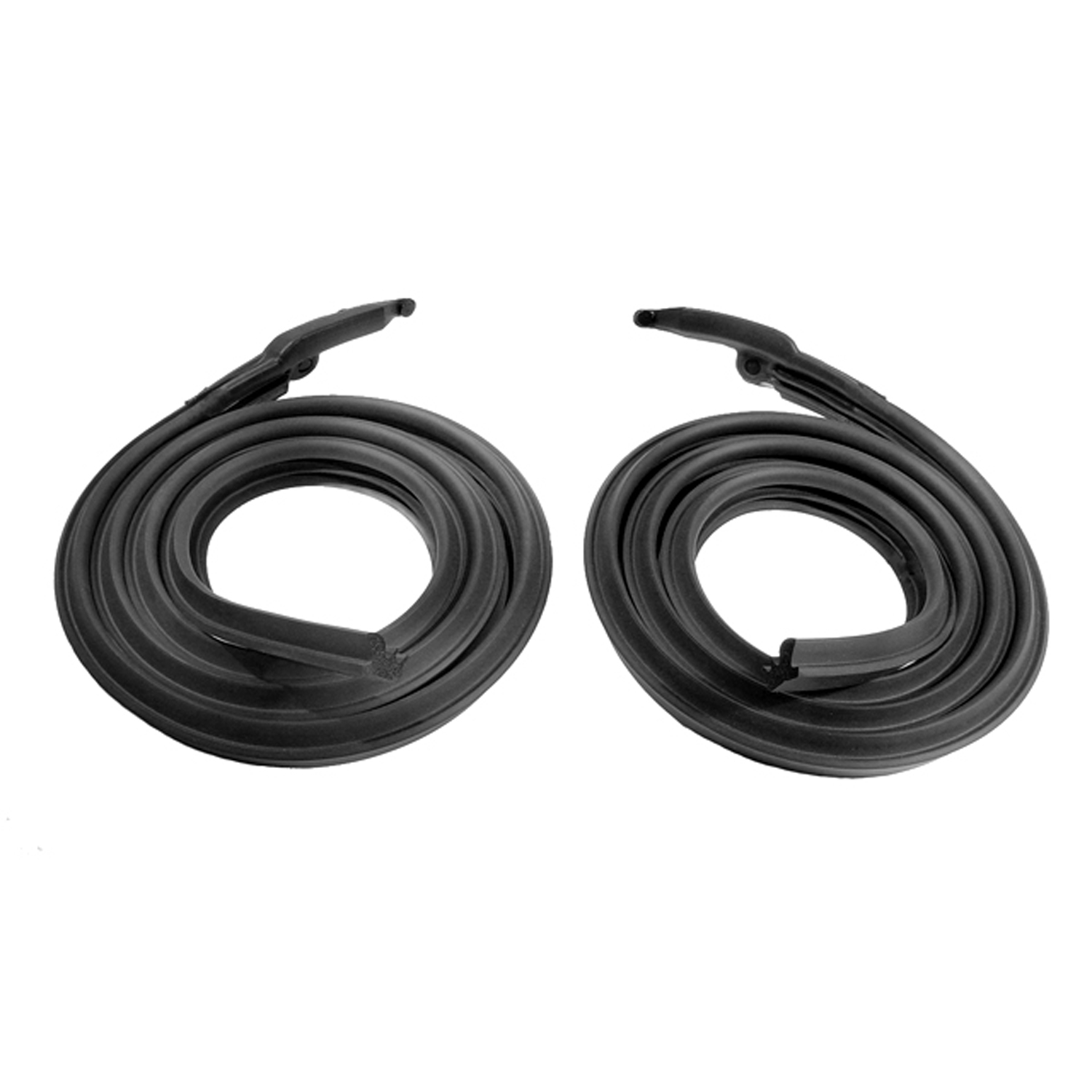 1968 Buick Wildcat Molded Roof Rail Seals for 4-Door Hardtop. Pair-RR 5015-BMolded Roof Rail Seals for 4-Door Hardtop. Pair
1968 Buick Wildcat Molded Roof Rail Seals for 4-Door Hardtop. Pair-RR 5015-BMolded Roof Rail Seals for 4-Door Hardtop. Pair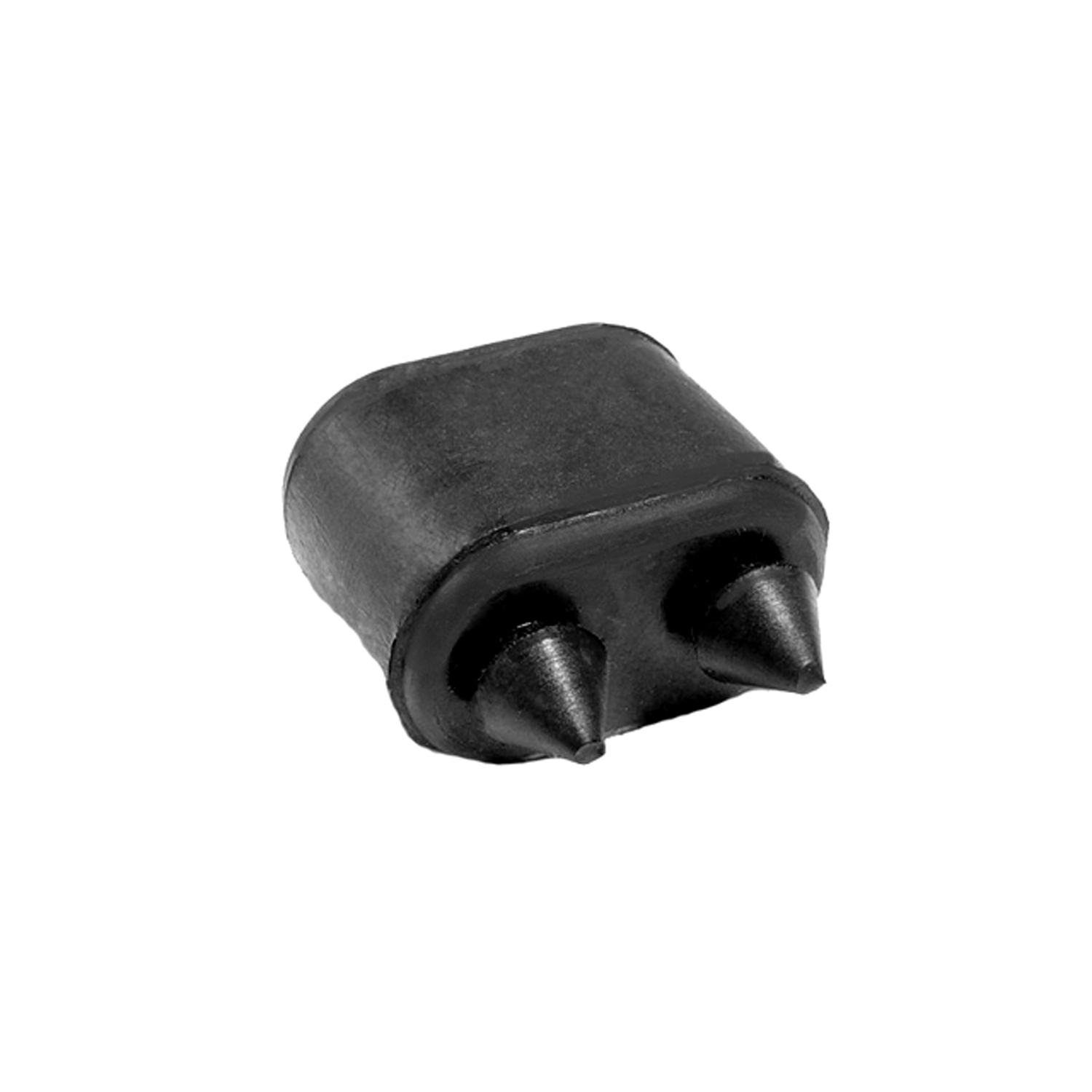 1968 Buick Wildcat Door Bumper, 57-74 GM Cars, Made with Twin Retainers, Each-SB 35Door Bumper, 57-74 GM Cars, made with twin retainers, Each. Measure 1-1/16" high X 19/32" wide X 1-1/32" long.
1968 Buick Wildcat Door Bumper, 57-74 GM Cars, Made with Twin Retainers, Each-SB 35Door Bumper, 57-74 GM Cars, made with twin retainers, Each. Measure 1-1/16" high X 19/32" wide X 1-1/32" long.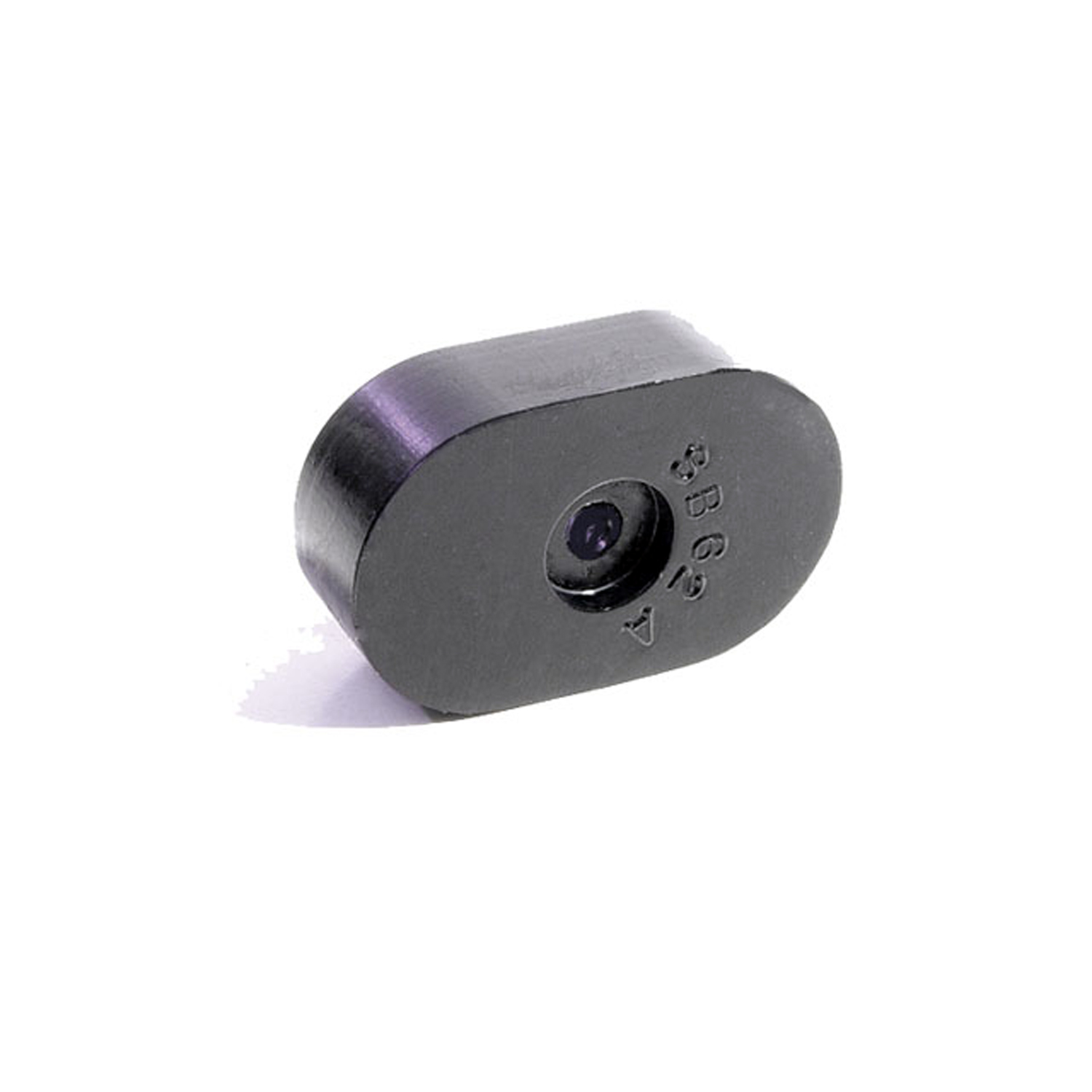 1968 Buick Wildcat Seat Bumper. Made with steel core like original-SB 62-ASeat Bumper. Made with steel core like original. 1-1/2" long, 7/16" thick. Two used per car. Each
1968 Buick Wildcat Seat Bumper. Made with steel core like original-SB 62-ASeat Bumper. Made with steel core like original. 1-1/2" long, 7/16" thick. Two used per car. Each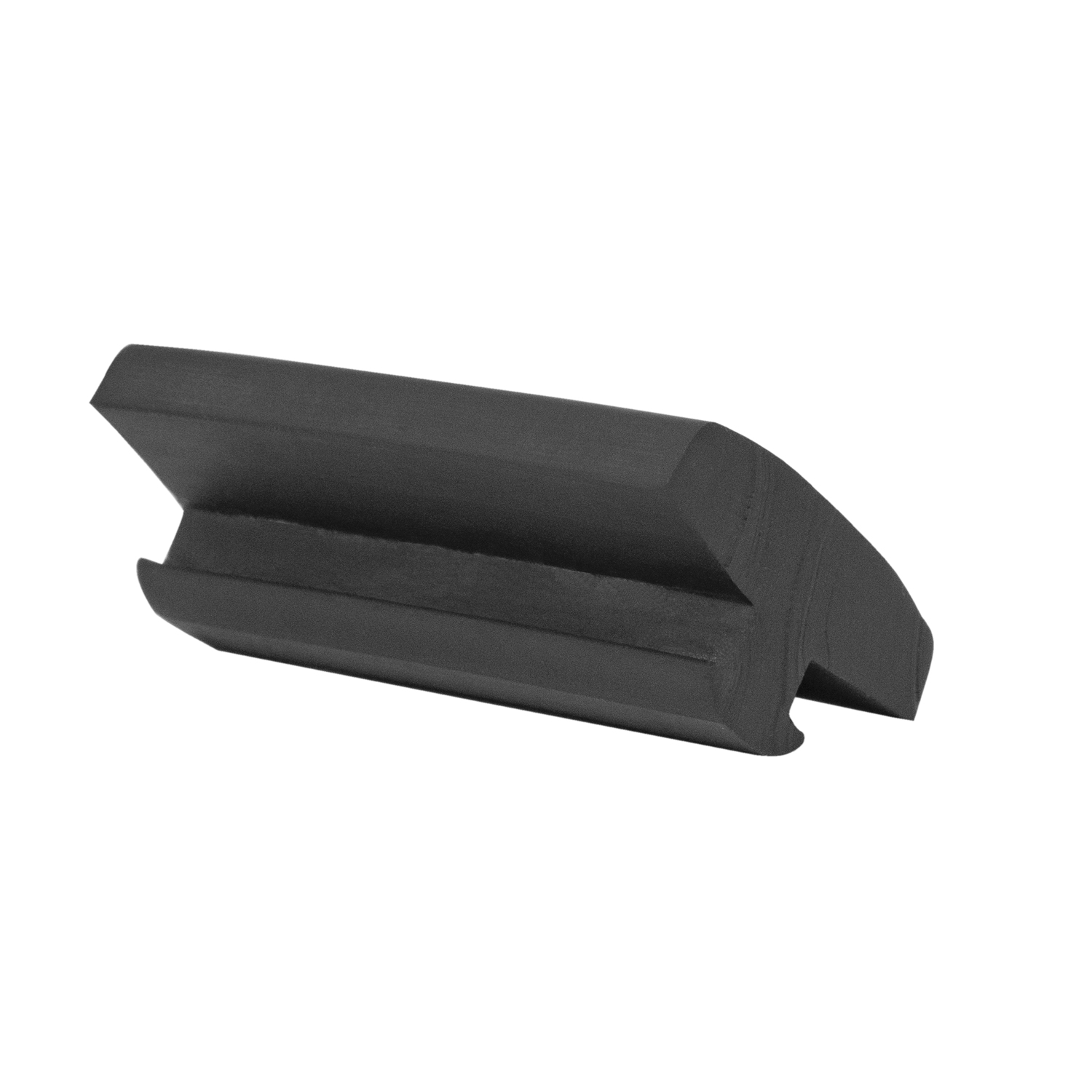 1968 Buick Wildcat Bumper Brace to Filler Panel Spacer, 68-71 Chevy A Body, 67-71 GM B Body Exc Wgn-SB 68Bumper Brace to Filler Panel Spacer, 68-71 Chevy A Body Except Wagons, 67-71 GM B Body Except Wagons, Each. Replaces OEM # 3895100.
1968 Buick Wildcat Bumper Brace to Filler Panel Spacer, 68-71 Chevy A Body, 67-71 GM B Body Exc Wgn-SB 68Bumper Brace to Filler Panel Spacer, 68-71 Chevy A Body Except Wagons, 67-71 GM B Body Except Wagons, Each. Replaces OEM # 3895100.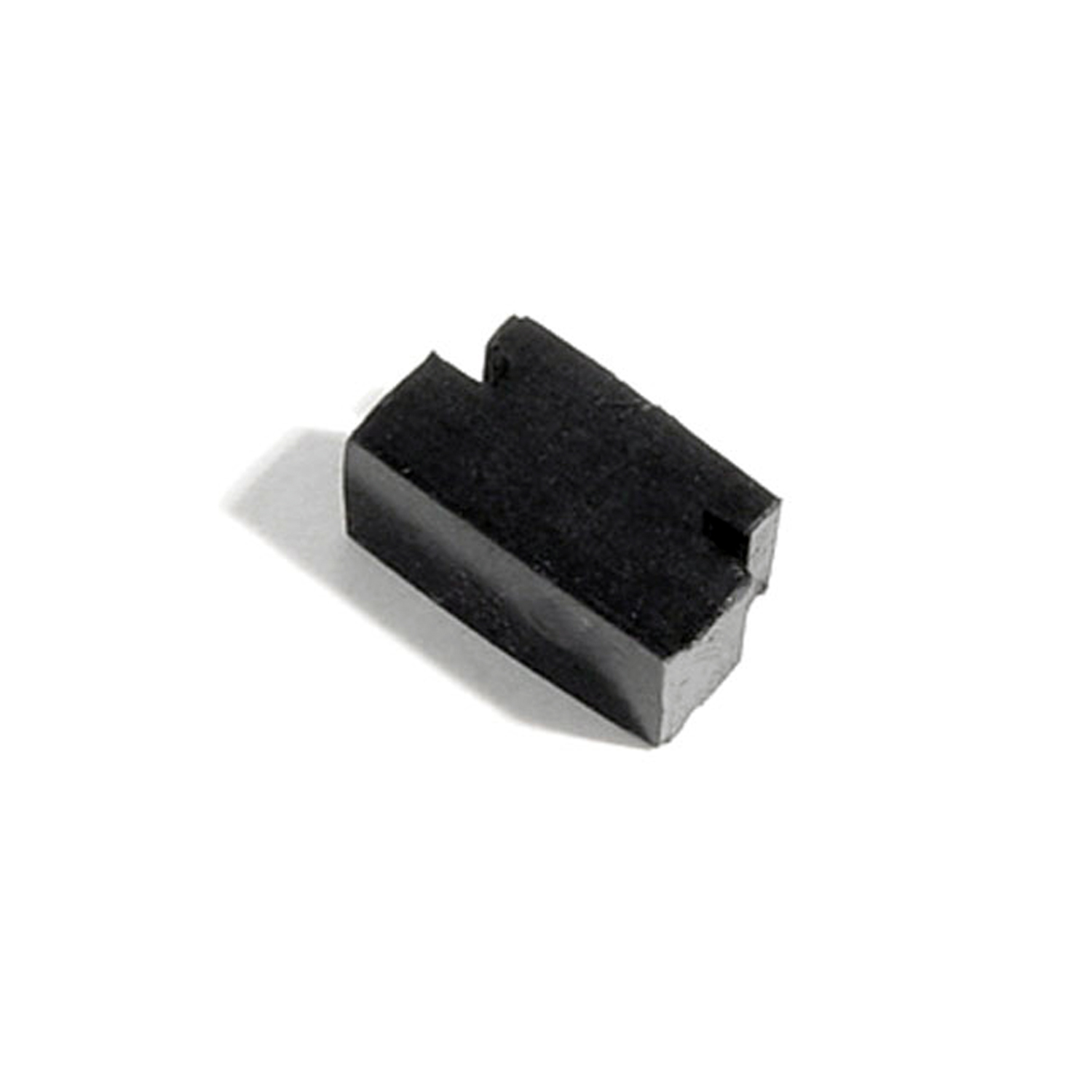 1968 Buick Wildcat Ashtray Bumper. 5/16" wide X 1/2" long X 3/16" high-SB 76Ashtray Bumper. 5/16" wide X 1/2" long X 3/16" high. (Fits some models) Each
1968 Buick Wildcat Ashtray Bumper. 5/16" wide X 1/2" long X 3/16" high-SB 76Ashtray Bumper. 5/16" wide X 1/2" long X 3/16" high. (Fits some models) Each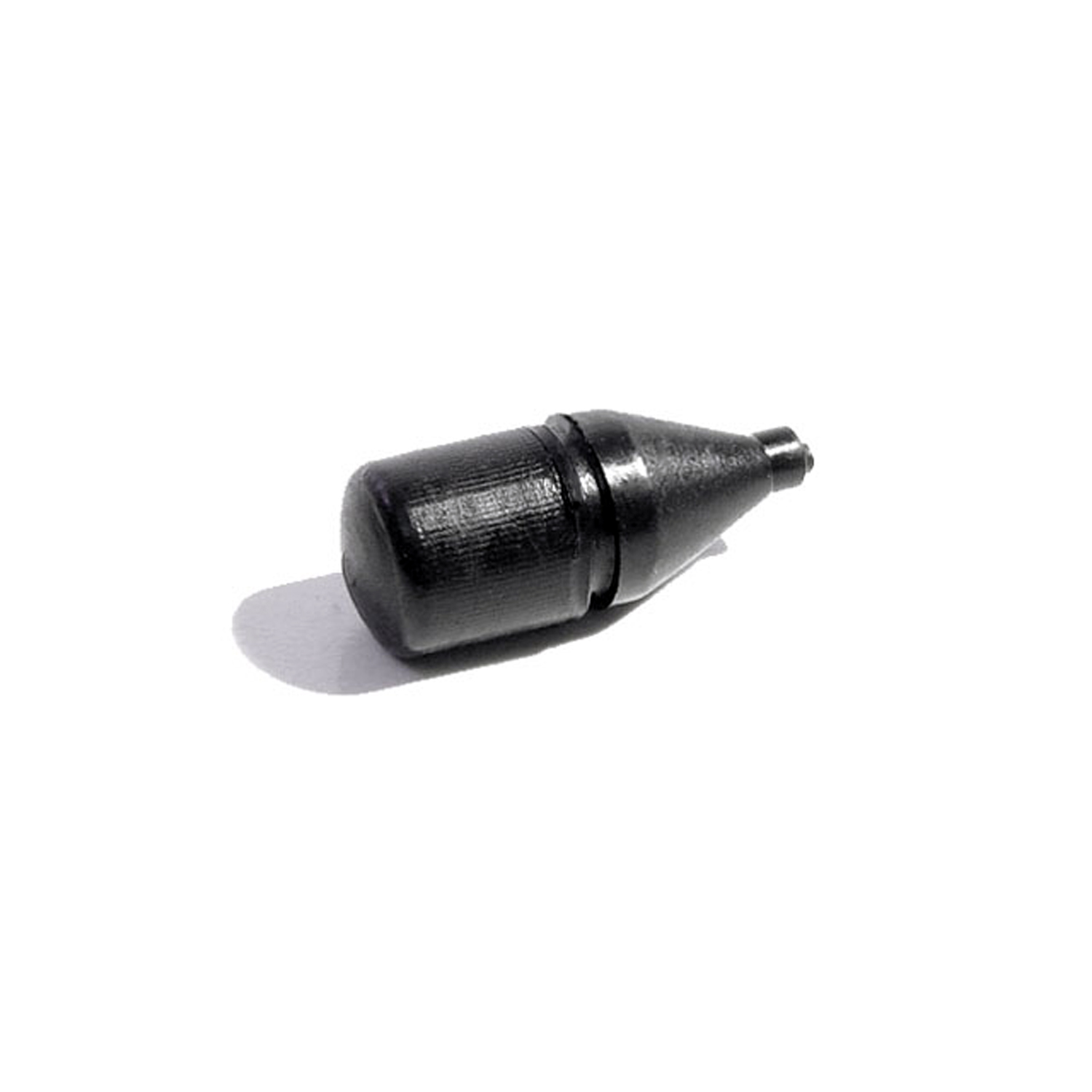 1968 Buick Wildcat Fuel Door Bumper. 7/8" high, 5/16" O.D. Each-SB 81Fuel Door Bumper. 7/8" high, 5/16" O.D. Each
1968 Buick Wildcat Fuel Door Bumper. 7/8" high, 5/16" O.D. Each-SB 81Fuel Door Bumper. 7/8" high, 5/16" O.D. Each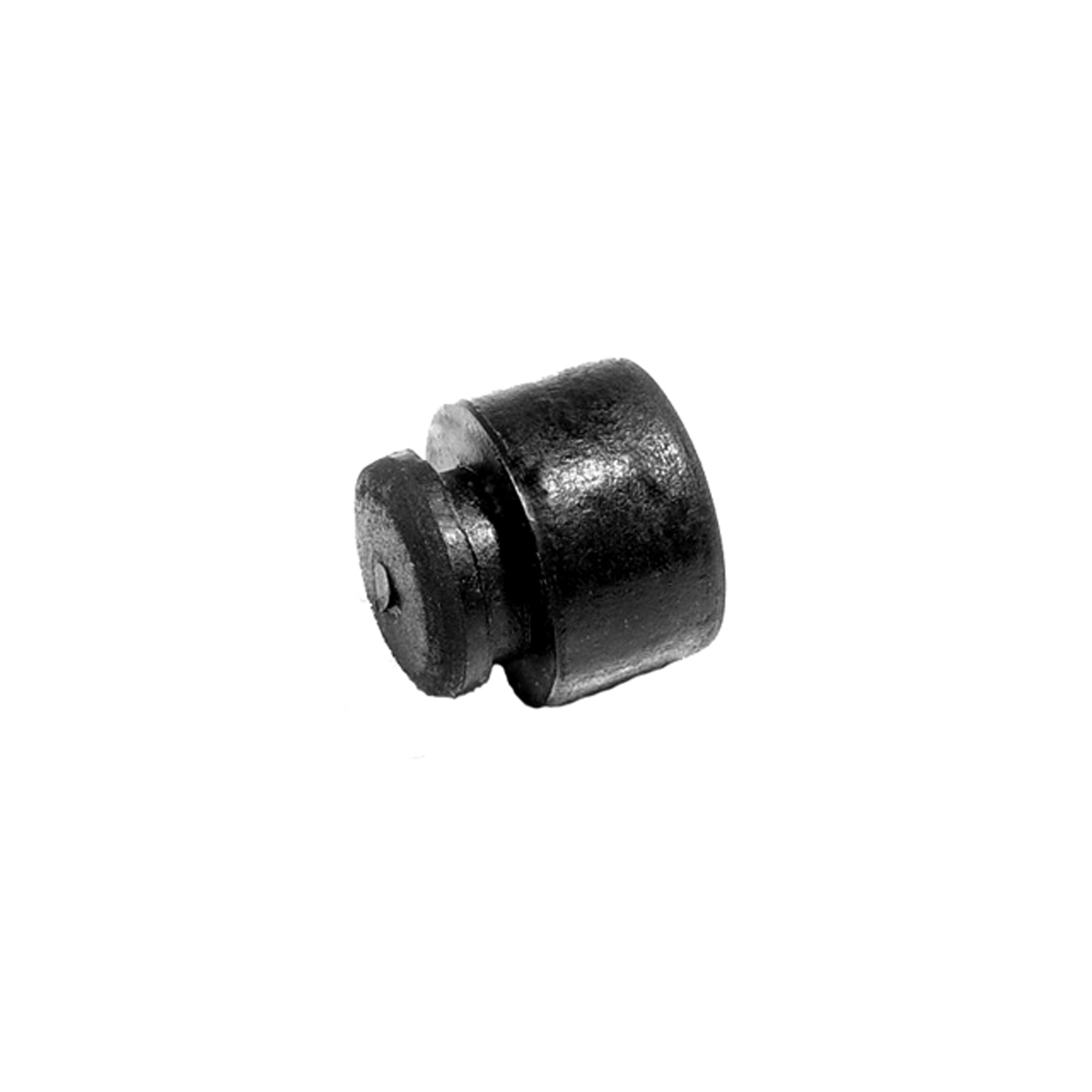 1968 Buick Wildcat License Plate Bumper. Fits a 1/4" hole. Each-SB 82License Plate Bumper. Fits a 1/4" hole. Each
1968 Buick Wildcat License Plate Bumper. Fits a 1/4" hole. Each-SB 82License Plate Bumper. Fits a 1/4" hole. Each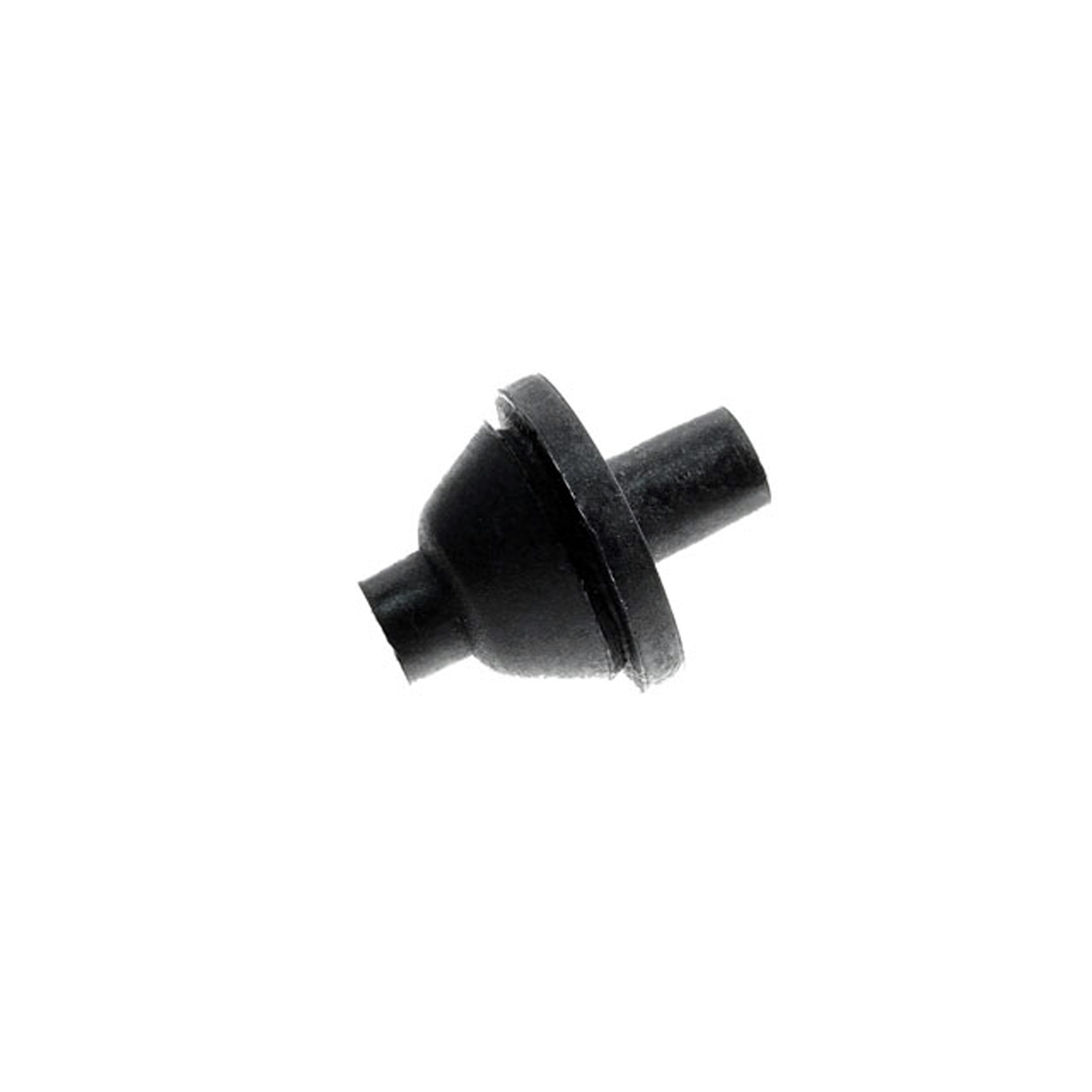 1968 Buick Wildcat Dash and Firewall Grommet. Single-hole type is for one wire-SM 101Dash and Firewall Grommet. Single-hole type is for one wire. Each
1968 Buick Wildcat Dash and Firewall Grommet. Single-hole type is for one wire-SM 101Dash and Firewall Grommet. Single-hole type is for one wire. Each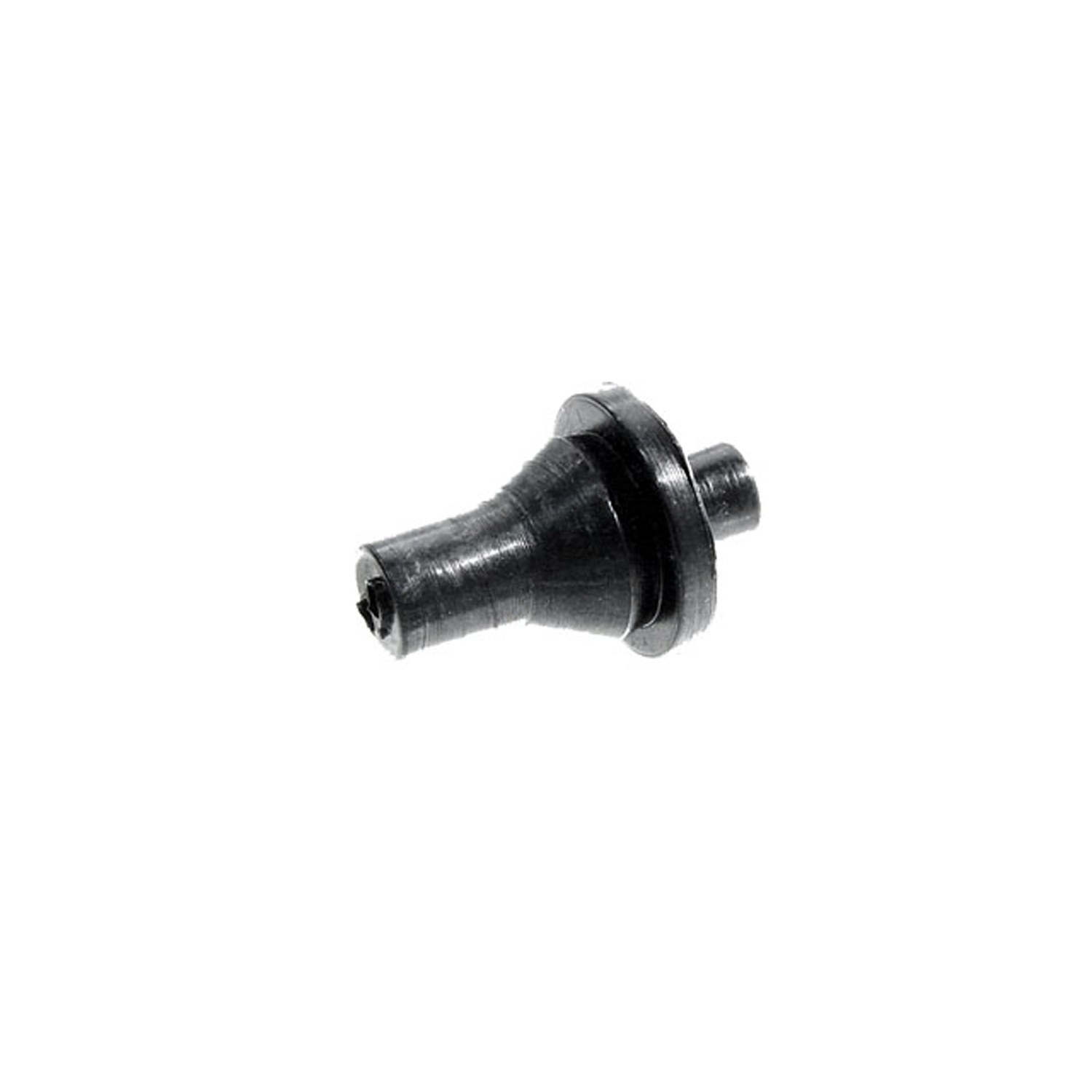 1968 Buick Wildcat Dash and Firewall Grommet. Two hole type. Each-SM 101-ADash and Firewall Grommet. Two hole type. Each
1968 Buick Wildcat Dash and Firewall Grommet. Two hole type. Each-SM 101-ADash and Firewall Grommet. Two hole type. Each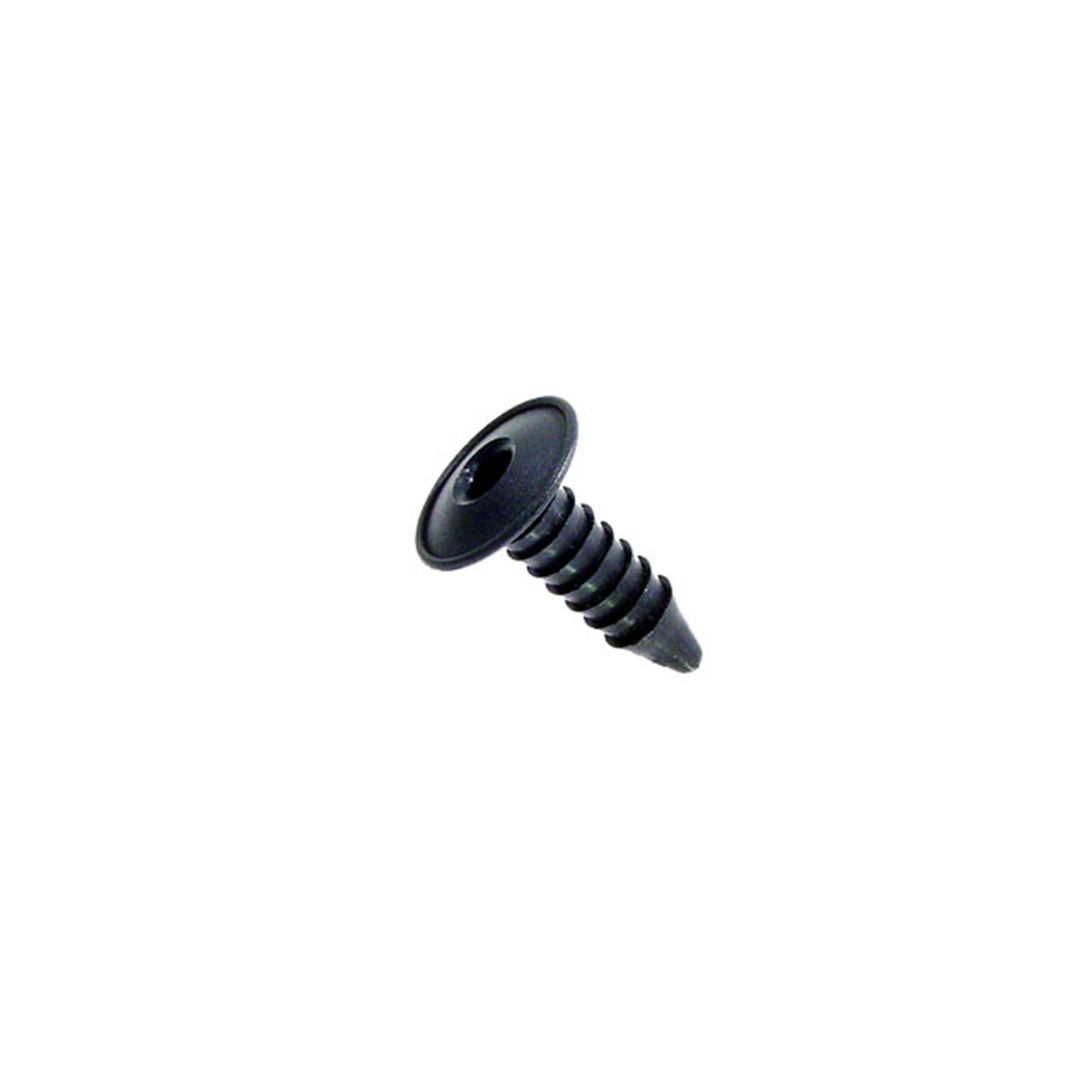 1968 Buick Wildcat Firewall insulation fastener. 1 in. dia. W head. 1-1/2 in. L-SM 80-AFirewall insulation fastener. 1 in. dia. W head. 1-1/2 in. L. Replaces OEM#'s (GM) 7642589 and (AMC) 4001934. Black. Each.
1968 Buick Wildcat Firewall insulation fastener. 1 in. dia. W head. 1-1/2 in. L-SM 80-AFirewall insulation fastener. 1 in. dia. W head. 1-1/2 in. L. Replaces OEM#'s (GM) 7642589 and (AMC) 4001934. Black. Each.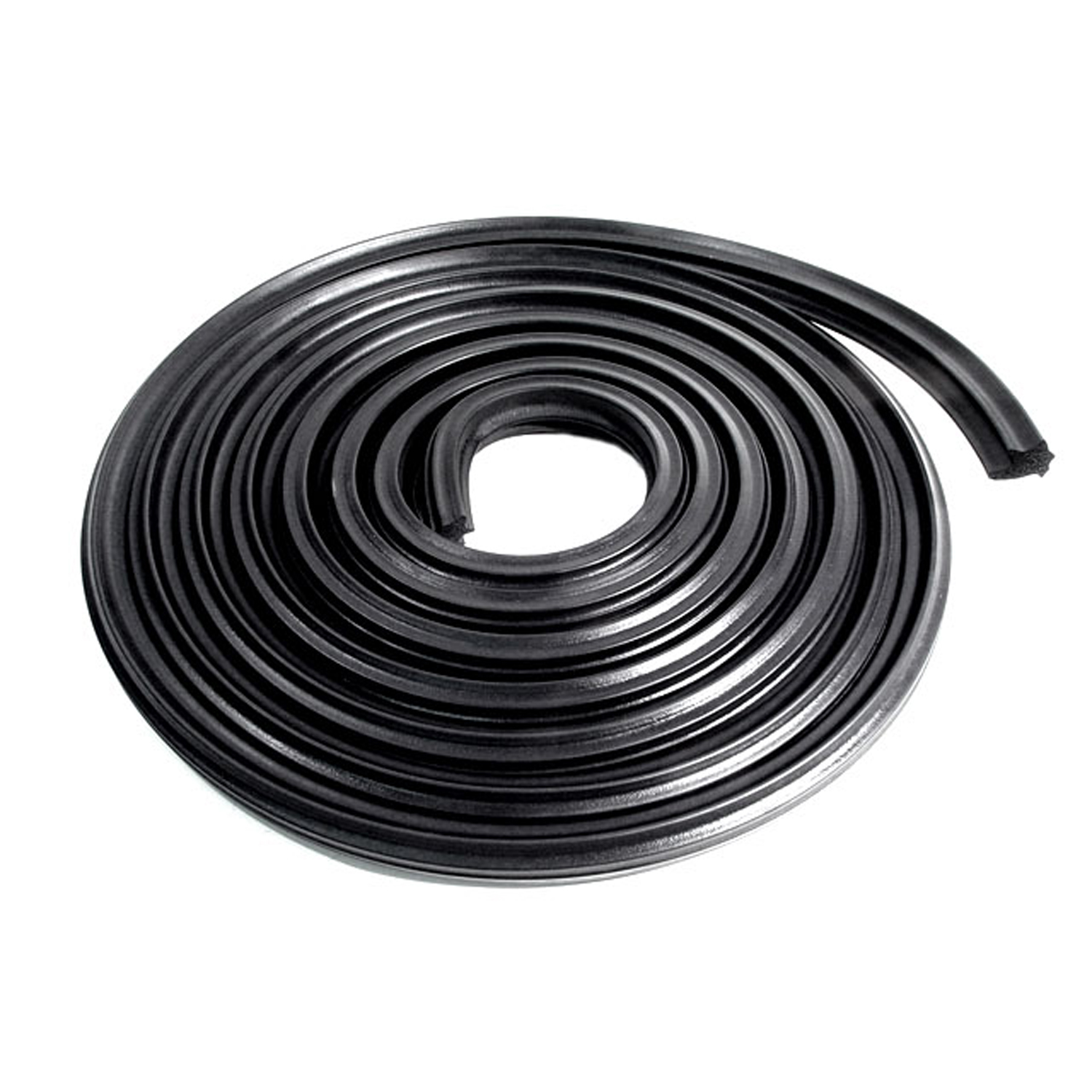 1968 Buick Wildcat Trunk Seal. 18 feet long. Each-TK 46-18Trunk Seal. 18 feet long. Each
1968 Buick Wildcat Trunk Seal. 18 feet long. Each-TK 46-18Trunk Seal. 18 feet long. Each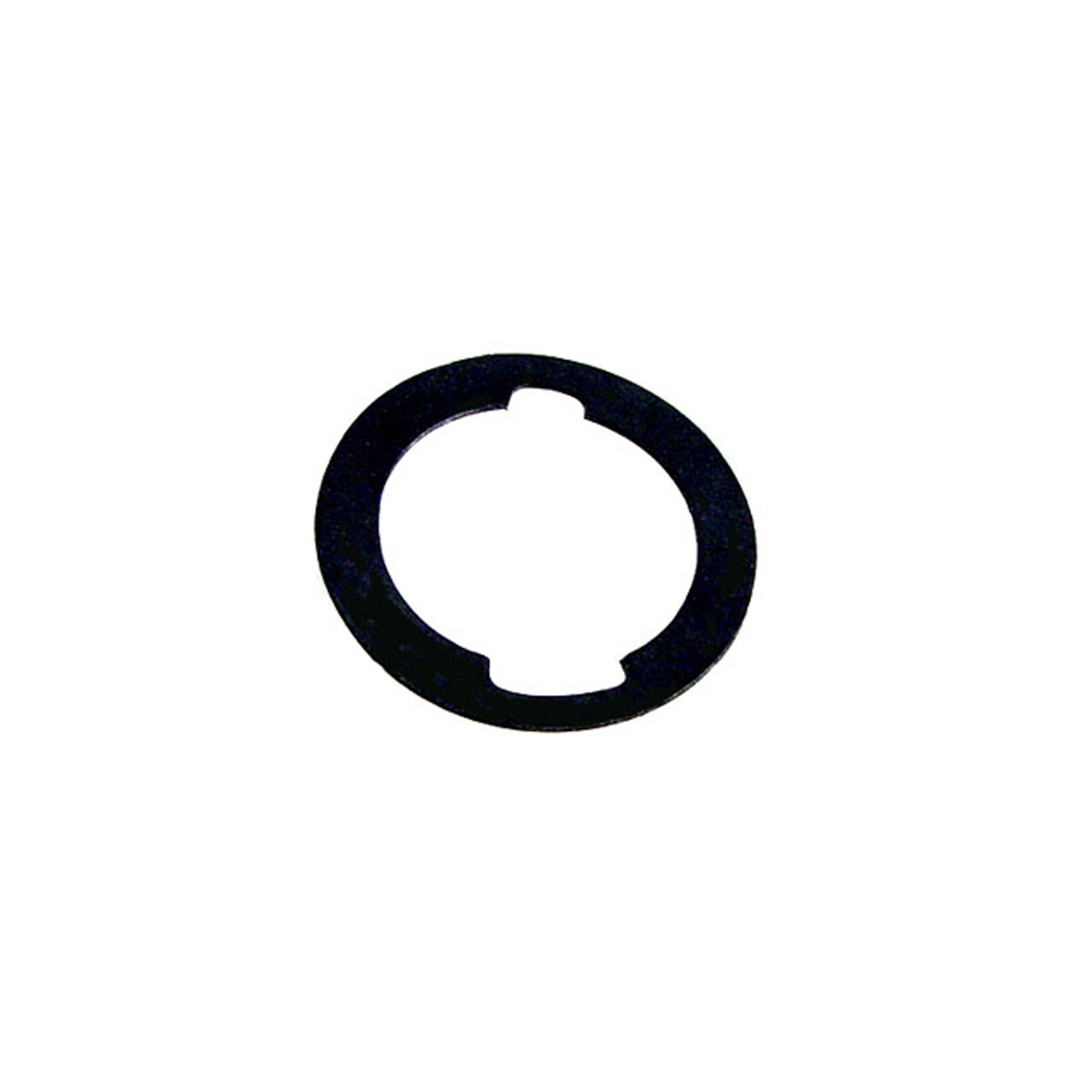 1968 Buick Wildcat Unbeaded Door and Trunk Lock Gasket. 1-3/16" O.D., 7/8" I.D-UM 1600-100Unbeaded Door and Trunk Lock Gasket. 1-3/16" O.D., 7/8" I.D. Each
1968 Buick Wildcat Unbeaded Door and Trunk Lock Gasket. 1-3/16" O.D., 7/8" I.D-UM 1600-100Unbeaded Door and Trunk Lock Gasket. 1-3/16" O.D., 7/8" I.D. Each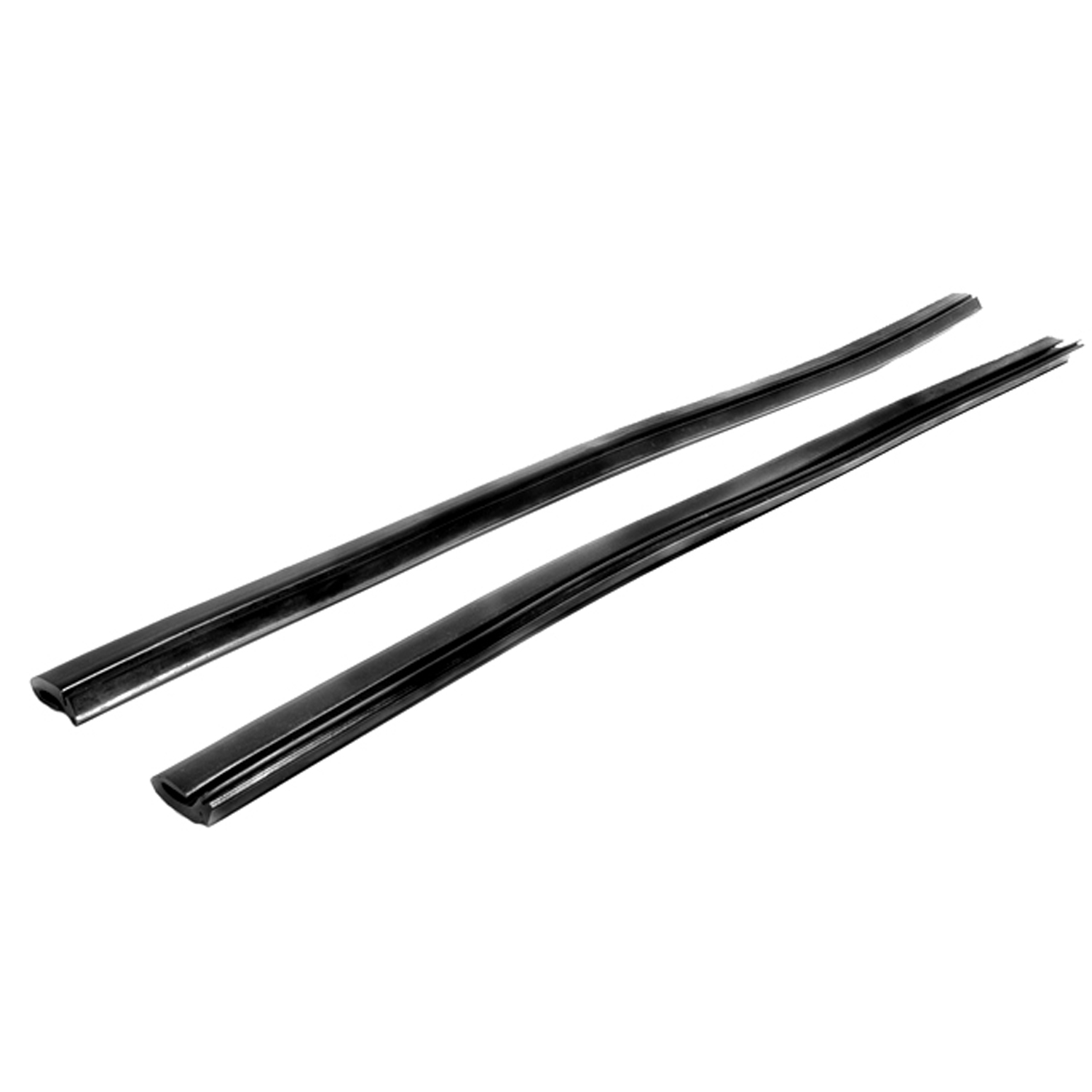 1968 Buick Wildcat Rear Side Roll-Up Window Seal, for Hardtops and Convertibles-VS 3Rear Side Roll-Up Window Seal, for Hardtops and Convertibles. Two 20" sections slide into metal track. No steel insert. Pair
1968 Buick Wildcat Rear Side Roll-Up Window Seal, for Hardtops and Convertibles-VS 3Rear Side Roll-Up Window Seal, for Hardtops and Convertibles. Two 20" sections slide into metal track. No steel insert. Pair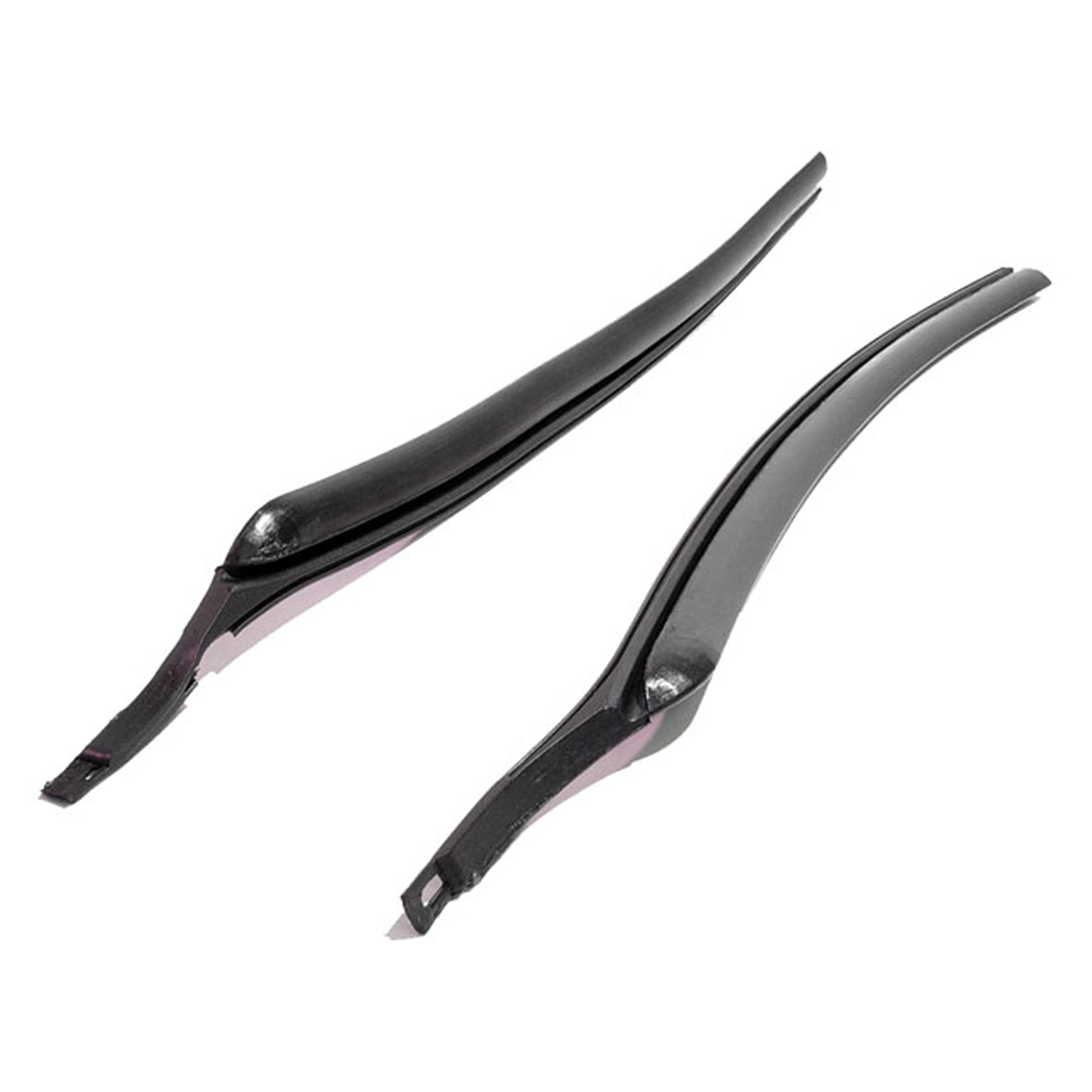 1968 Buick Wildcat Rear Roll-Up Quarter Window Seals-VS 3-RRear Roll-Up Quarter Window Seals, for 2-Door Hardtops and Convertibles. Pair
1968 Buick Wildcat Rear Roll-Up Quarter Window Seals-VS 3-RRear Roll-Up Quarter Window Seals, for 2-Door Hardtops and Convertibles. Pair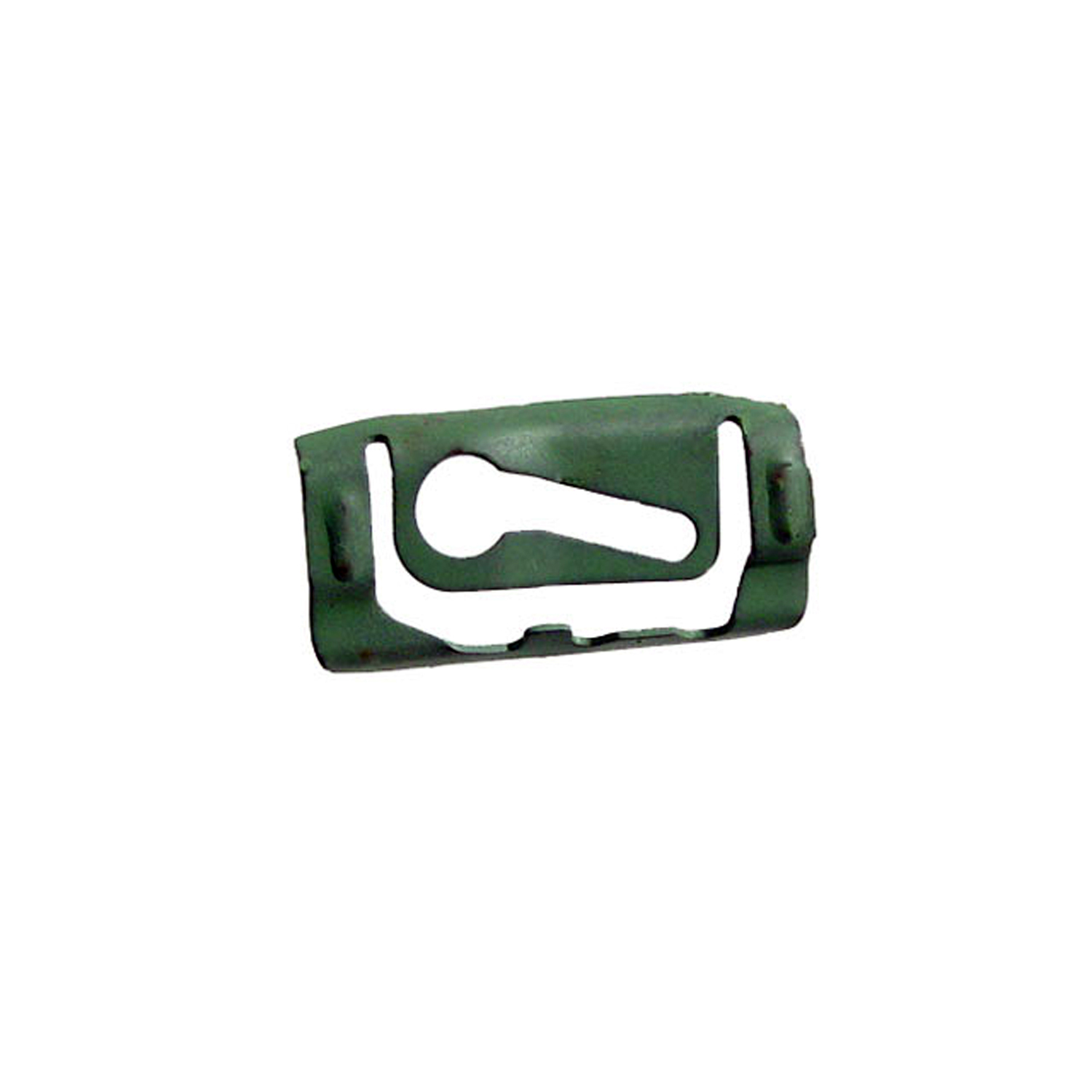 1968 Buick Wildcat Quarter Window Reveal Molding Clip. Made of Steel-WF 205Quarter Window Reveal Molding Clip. Made of Steel. 1-3/8" X 11/16". Each
1968 Buick Wildcat Quarter Window Reveal Molding Clip. Made of Steel-WF 205Quarter Window Reveal Molding Clip. Made of Steel. 1-3/8" X 11/16". Each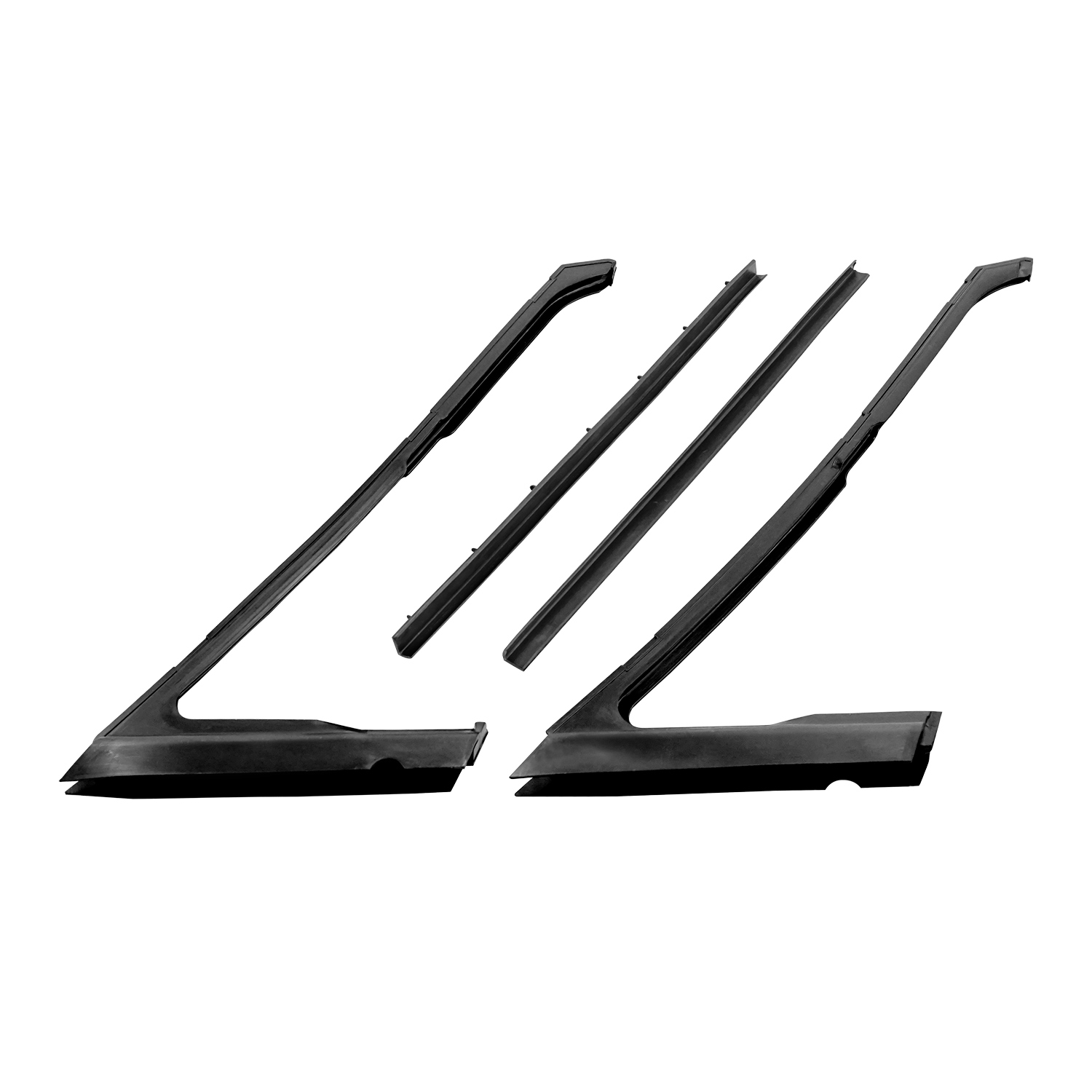 1968 Buick Wildcat Vent window and rear division channel seals-WR 2002-EVent window and rear division channel seals. Fits '65-'68 GM B-body and C-body 2-door and 4-door hardtops and convertibles. Top quality EPDM dense rubber. 4-piece set. R&L.
1968 Buick Wildcat Vent window and rear division channel seals-WR 2002-EVent window and rear division channel seals. Fits '65-'68 GM B-body and C-body 2-door and 4-door hardtops and convertibles. Top quality EPDM dense rubber. 4-piece set. R&L.Why Choose Metro?
For over 100 years, Metro Moulded Parts has been the pinnacle of quality in classic car restoration parts. Our commitment to precision and authenticity in every component ensures a perfect fit and an OEM-level appearance.
- Expert Craftsmanship & Quality: Each part is a testament to our dedication to reliability and perfection, crafted from original designs and thoroughly tested.
- Advanced Technology: We use cutting-edge techniques to create flawless, long-lasting parts that surpass others in performance.
- SuperSoft Sponge – The Ultimate Door Seal: Not only are our door seals 30% softer than competitors', but they're also guaranteed to never leak. They effectively reduce wind and road noise, enhancing your classic car's comfort and driving experience.
- Proudly American: Our parts are a product of American craftsmanship, made in the USA with a spirit of excellence and heritage.
- Unrivaled Warranty: We back our products with a 30-year industry-leading warranty, a testament to our confidence in their quality.
Join us in preserving the legacy of classic cars with parts that are crafted for perfection, not just made.

